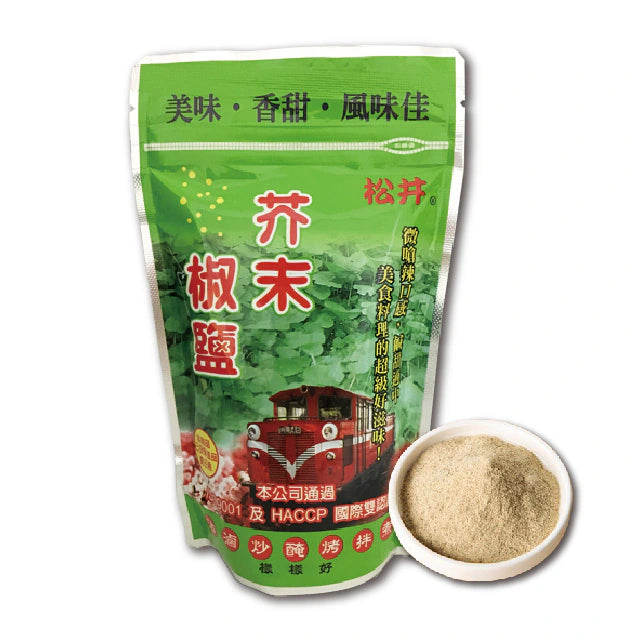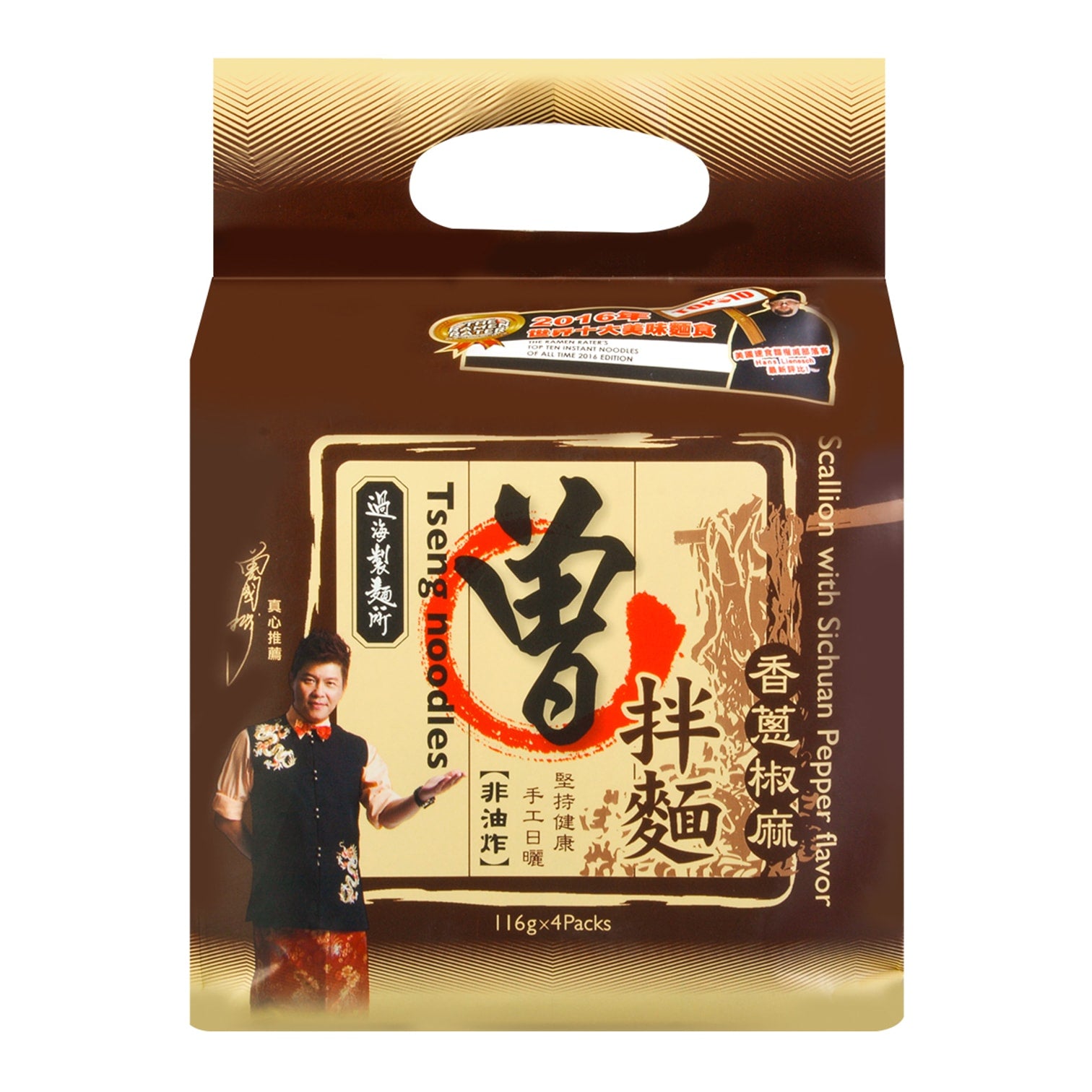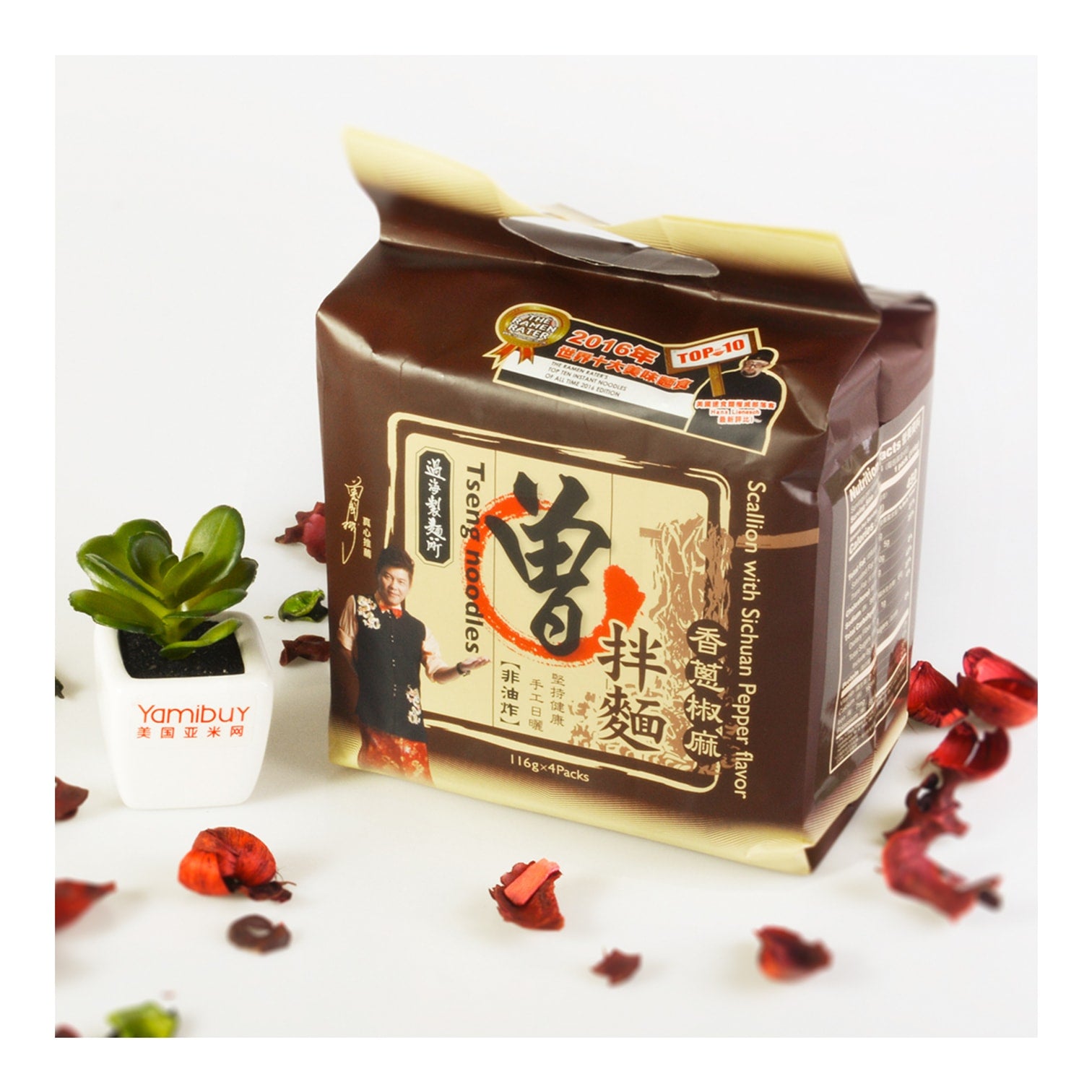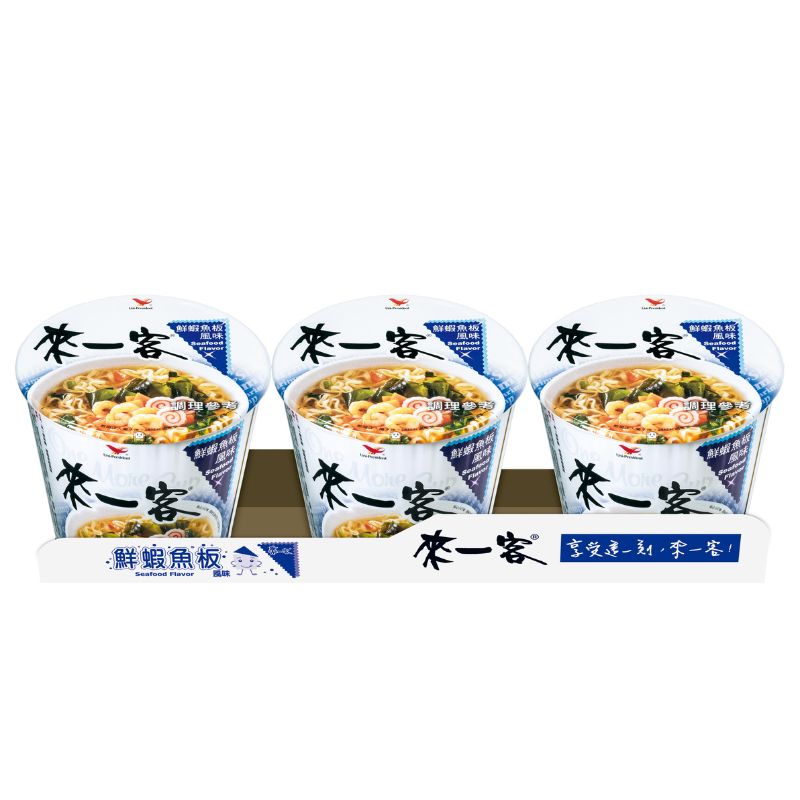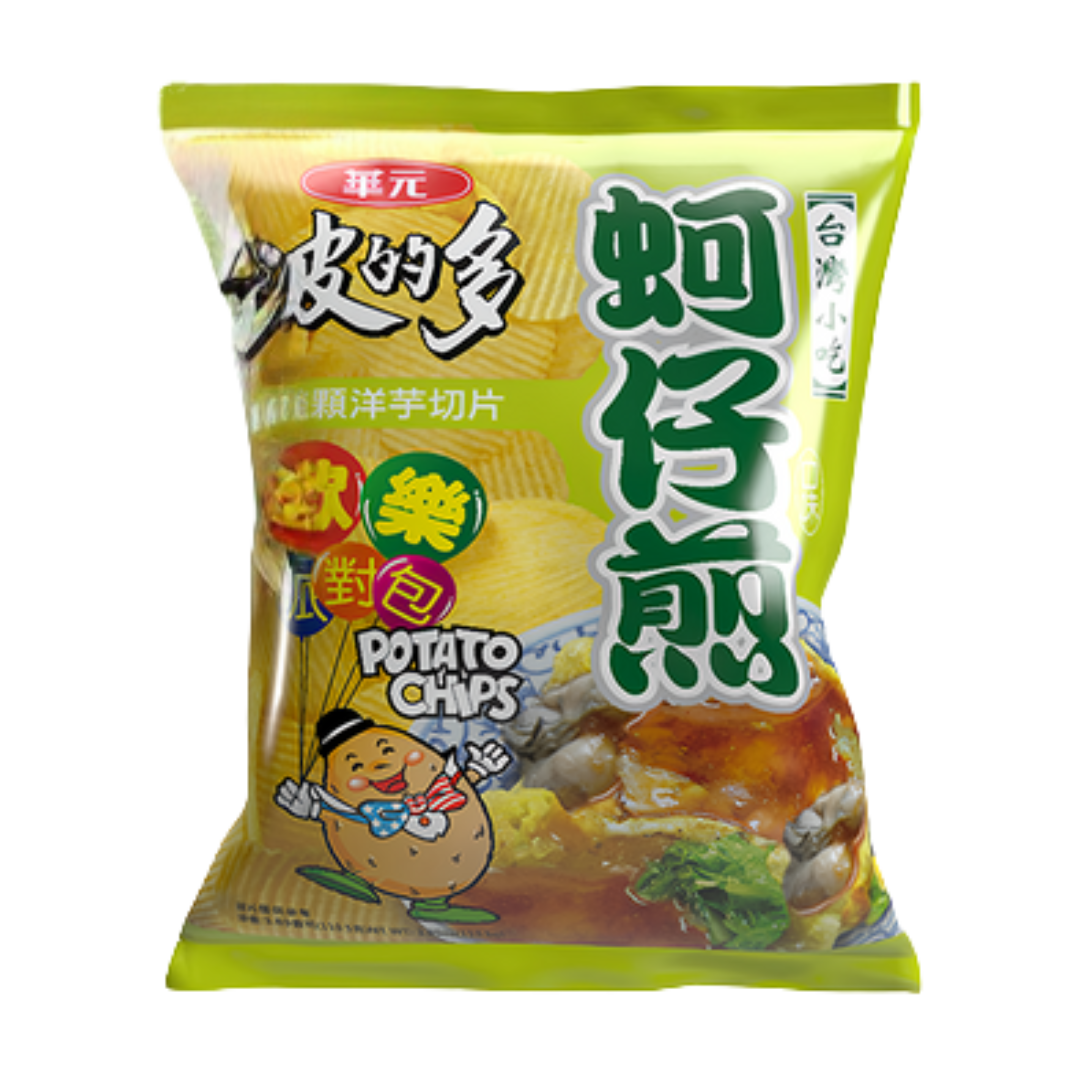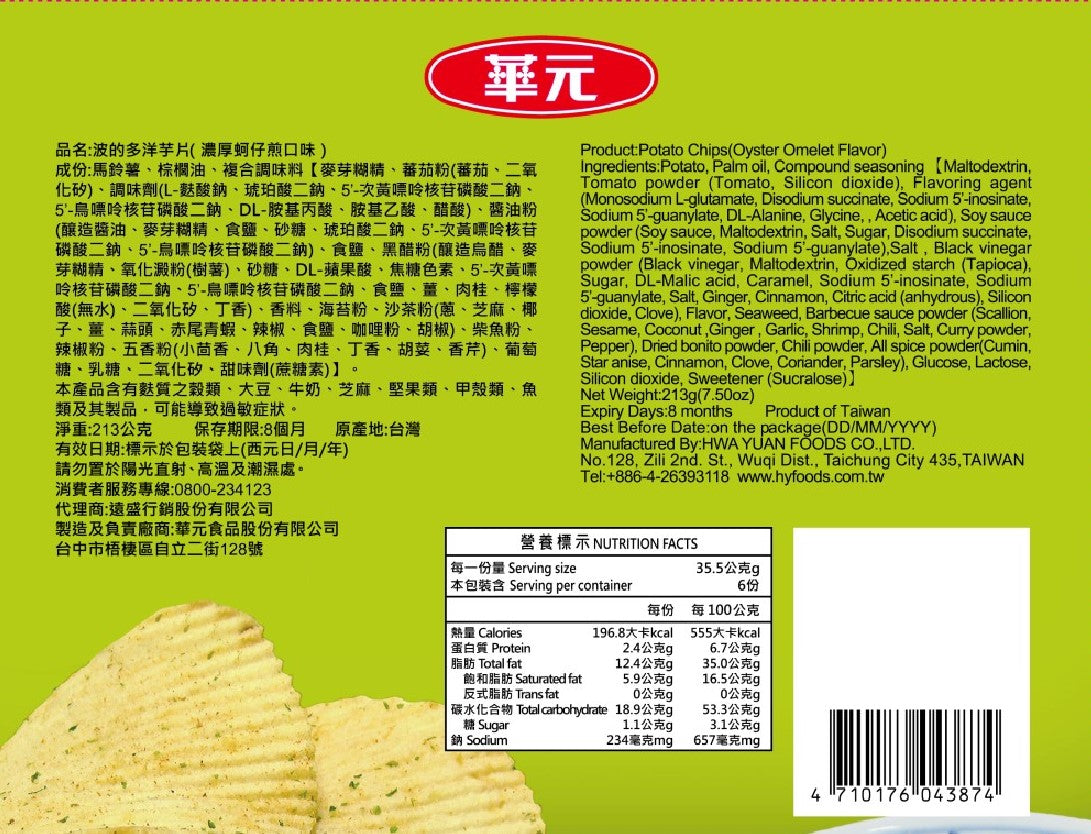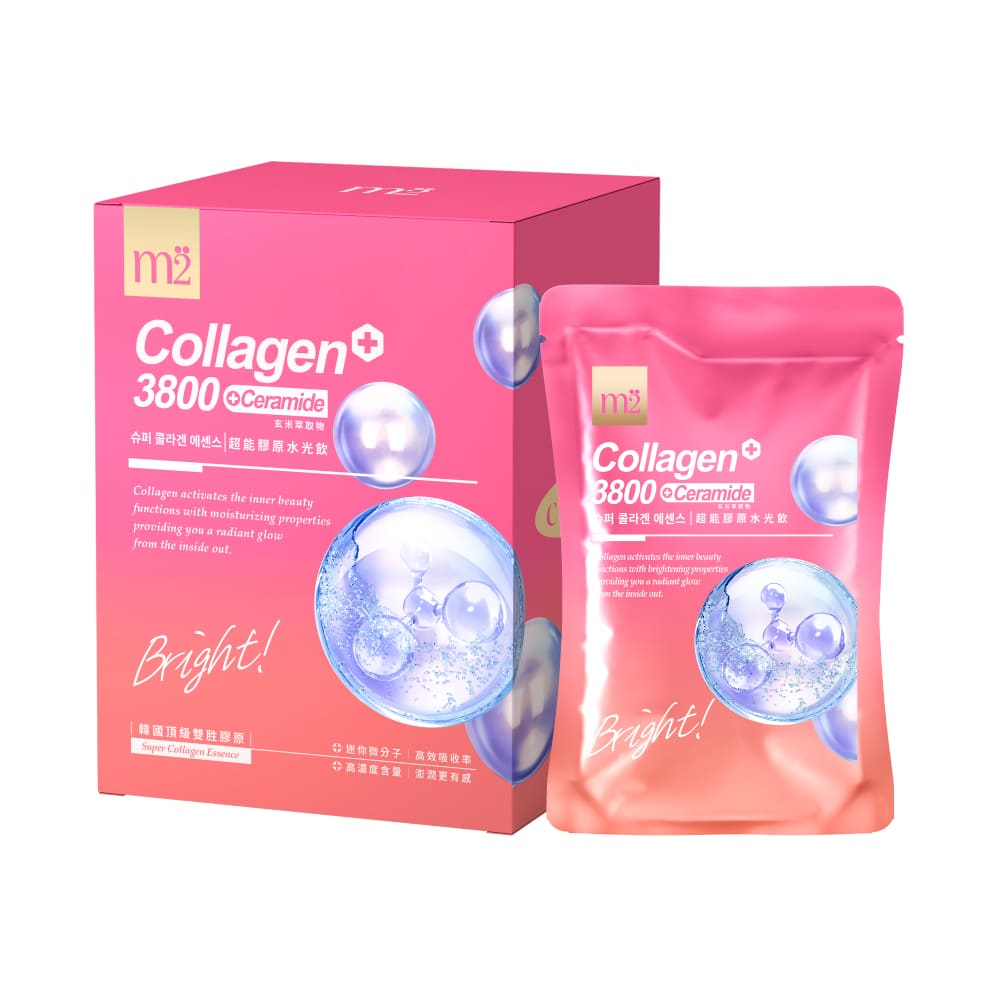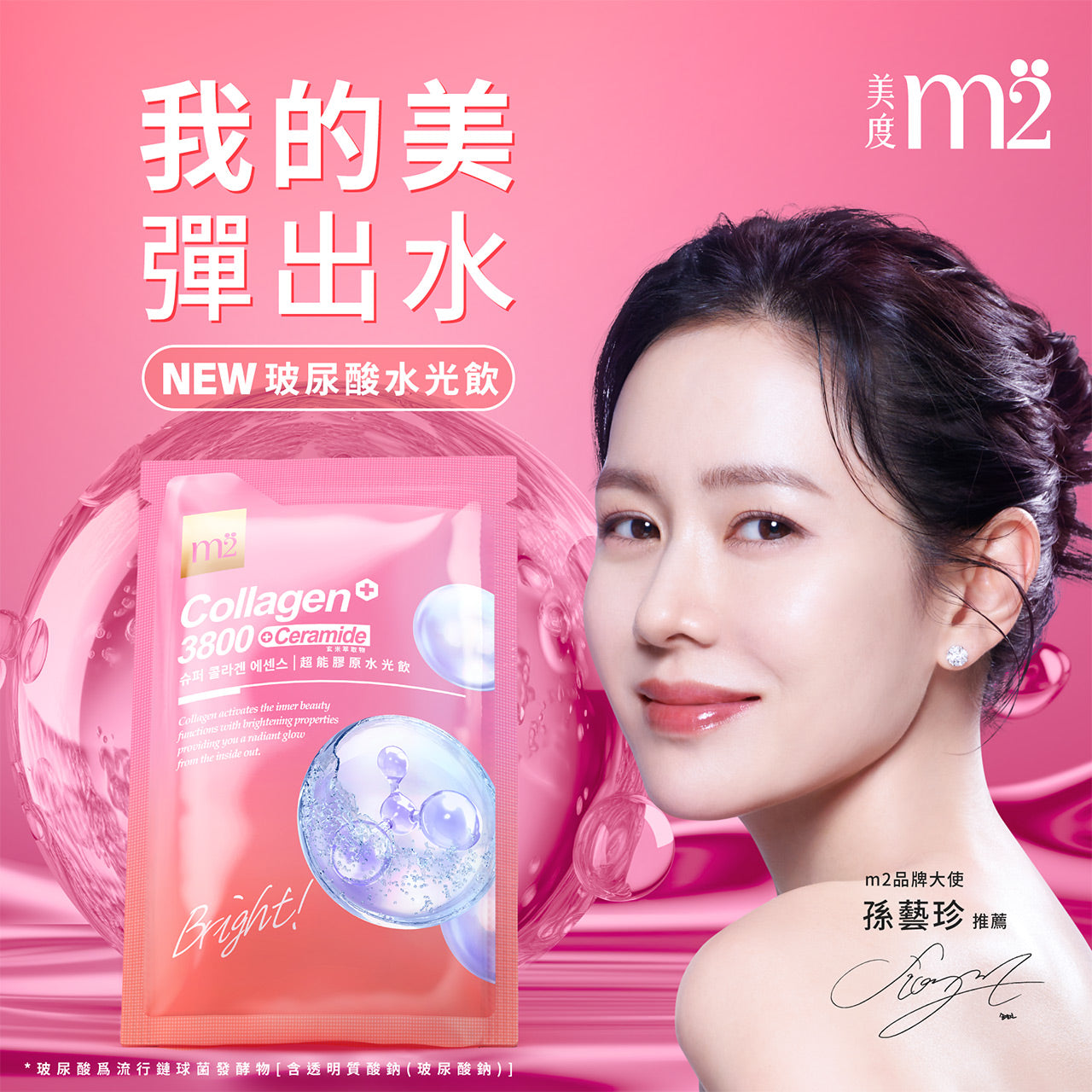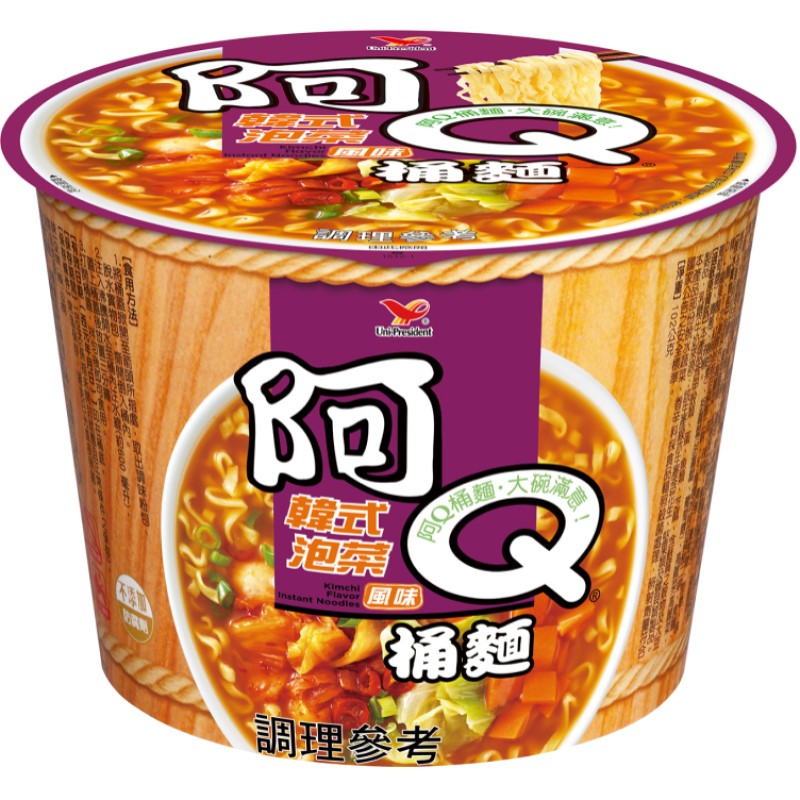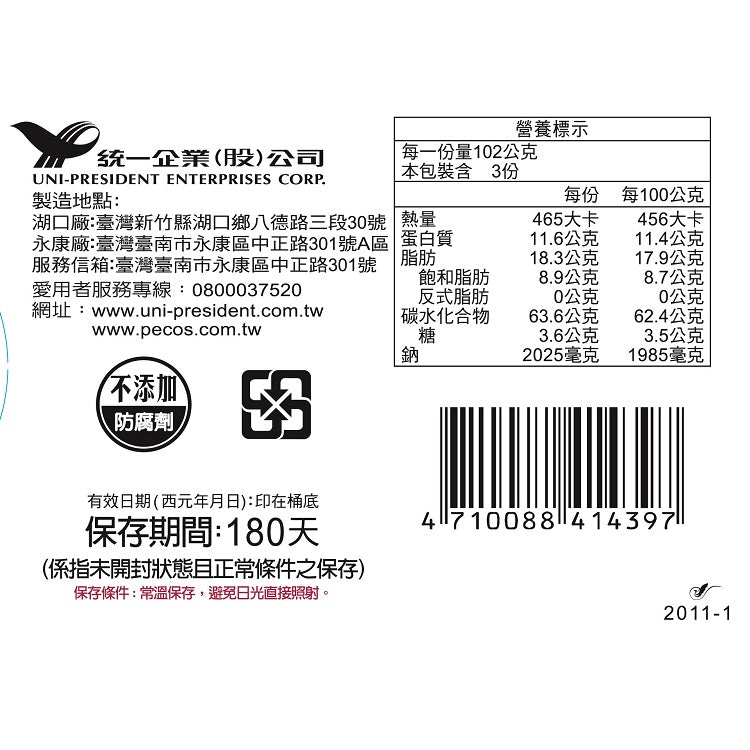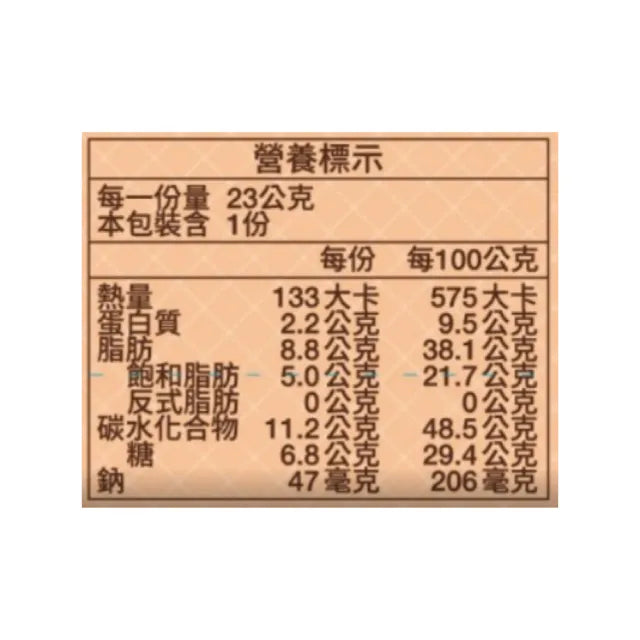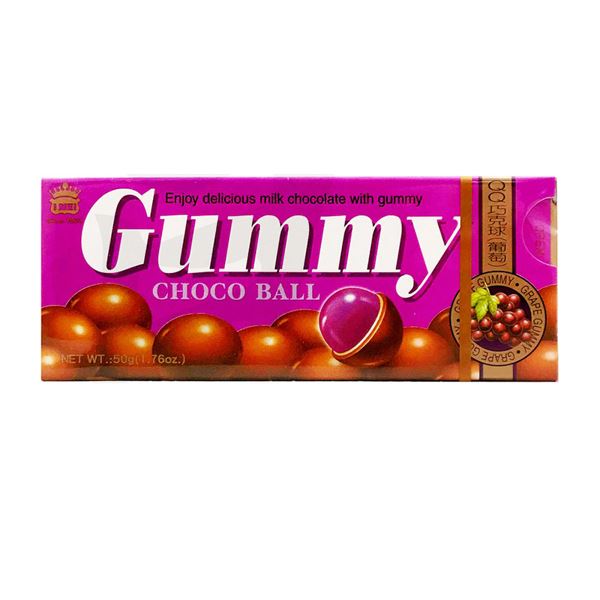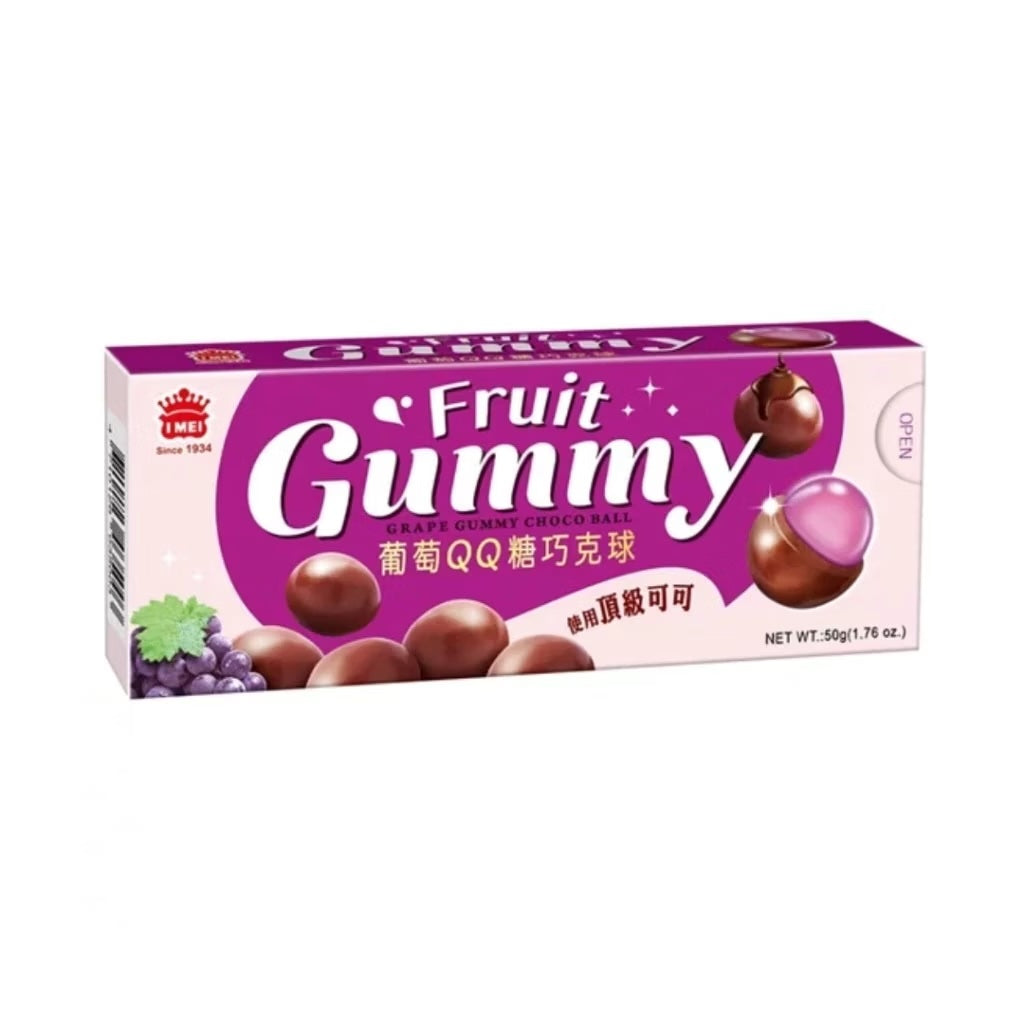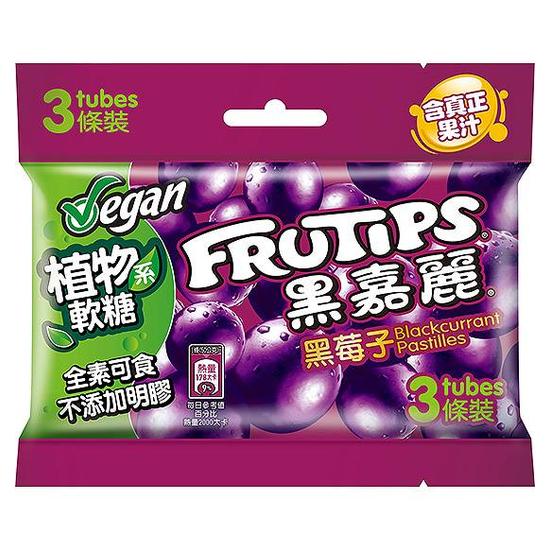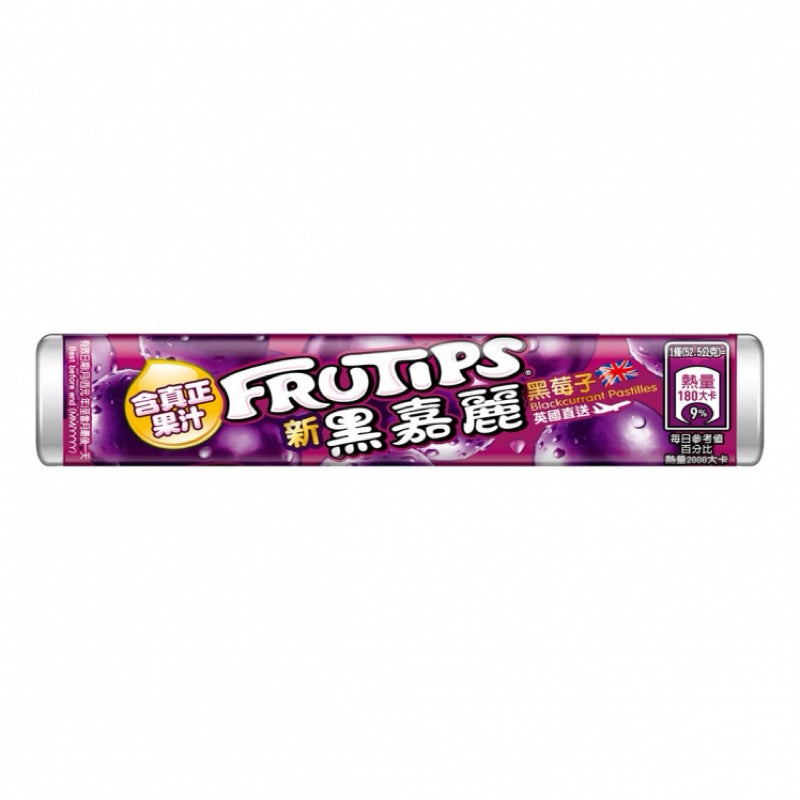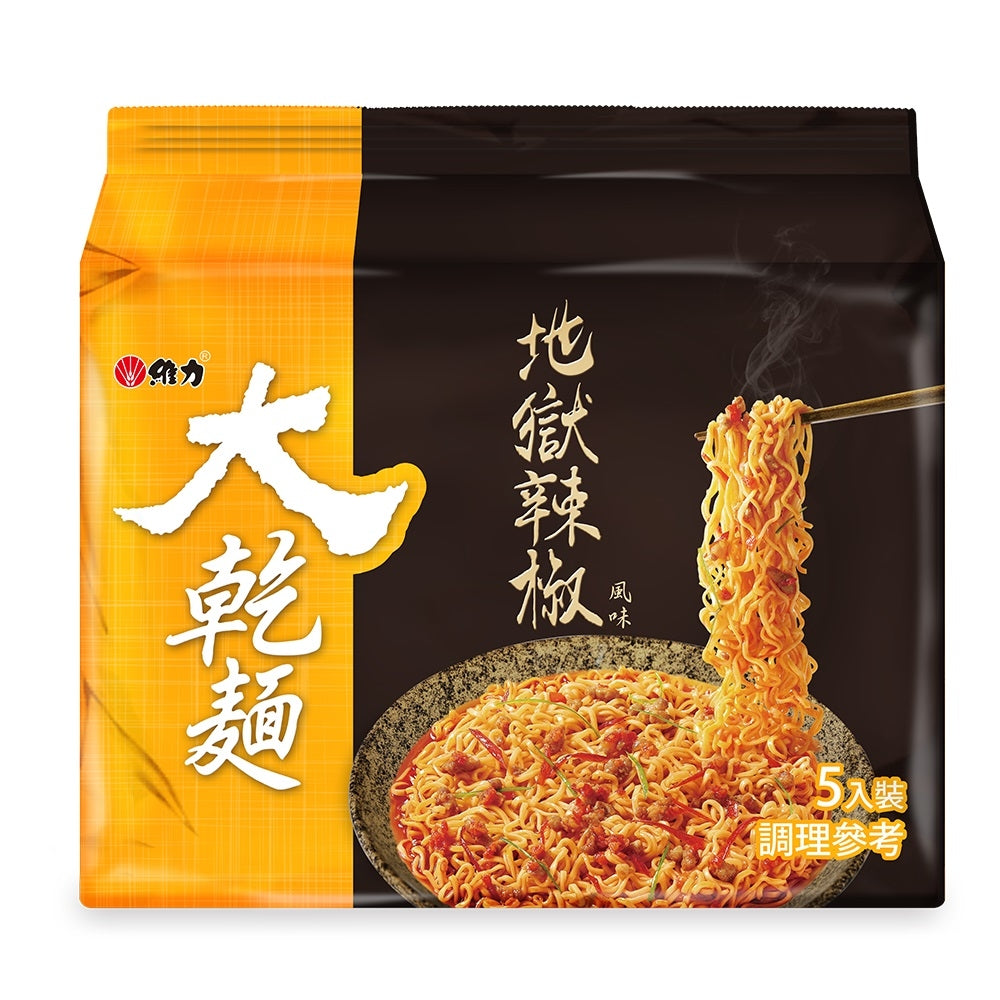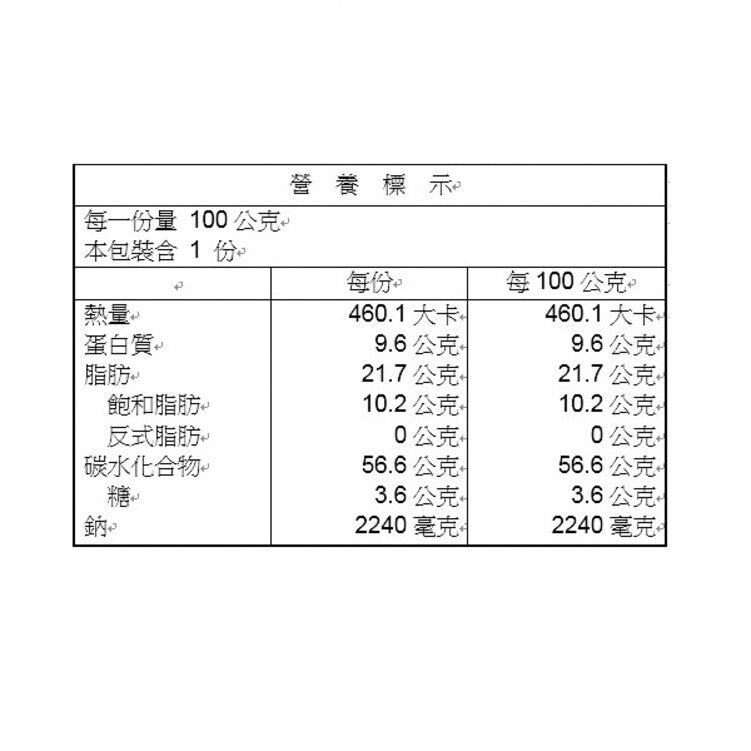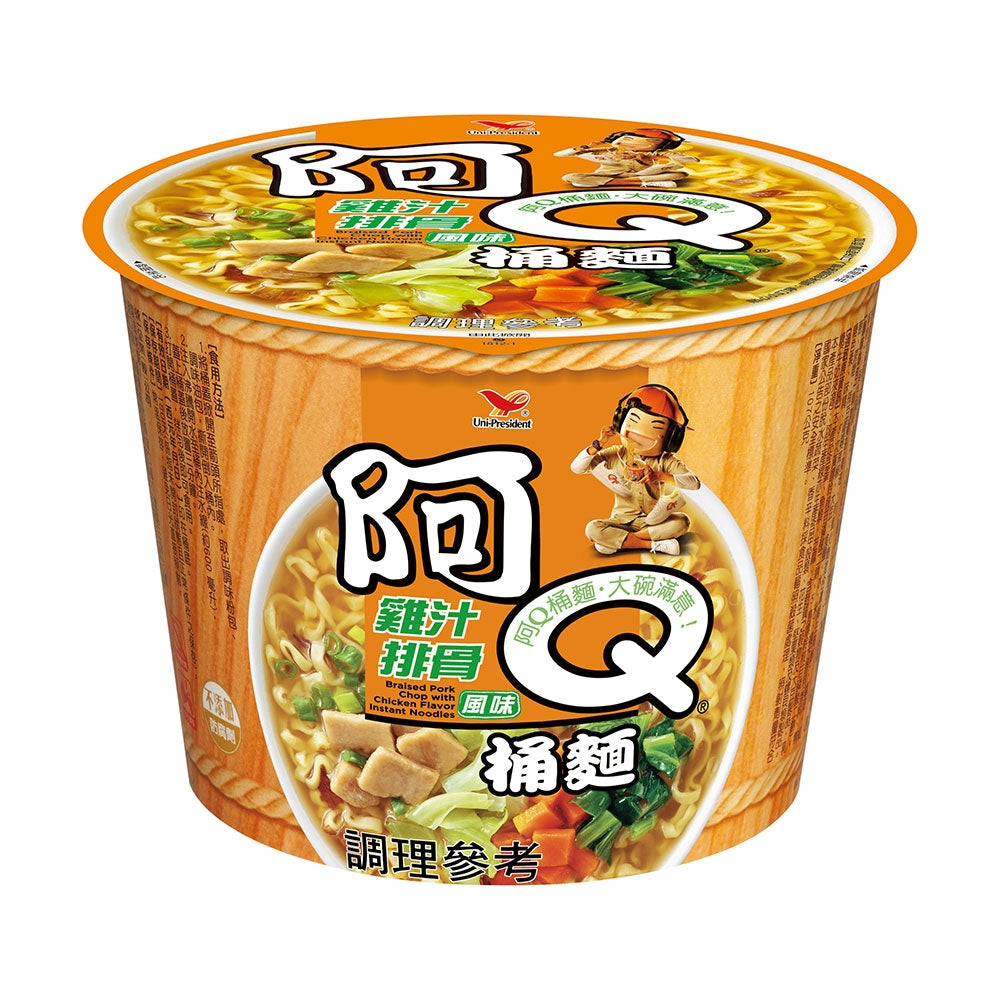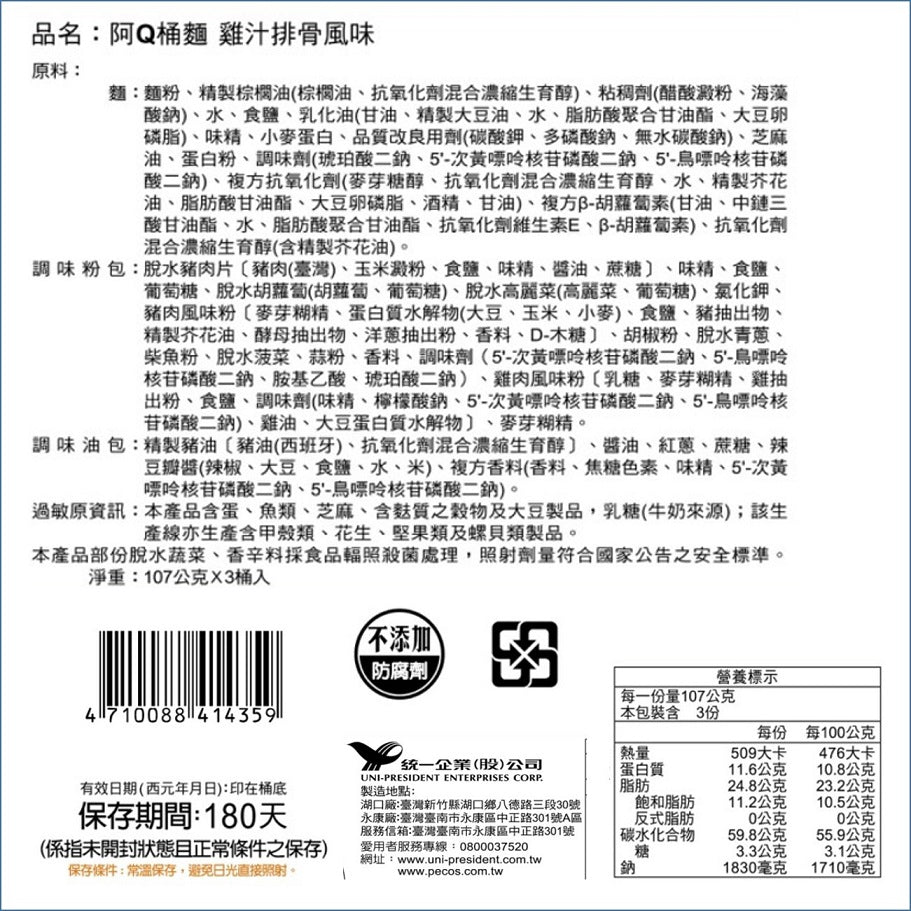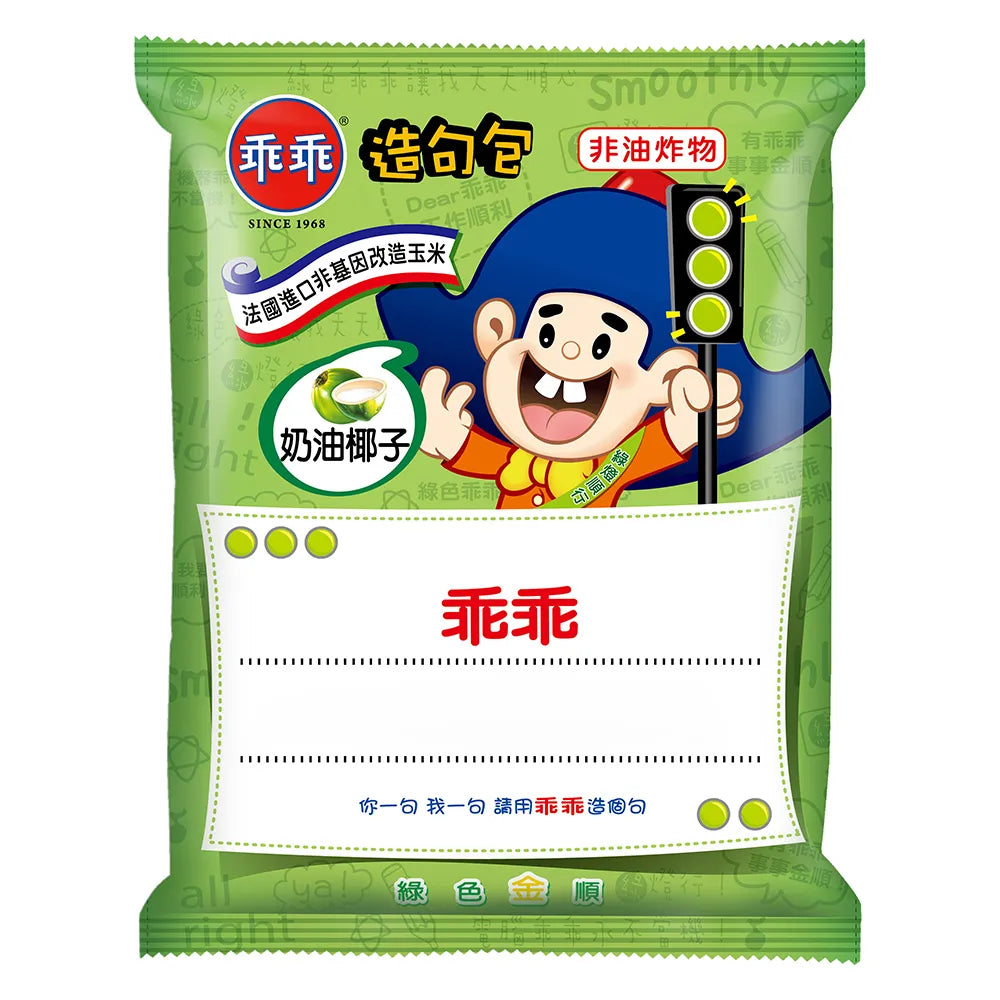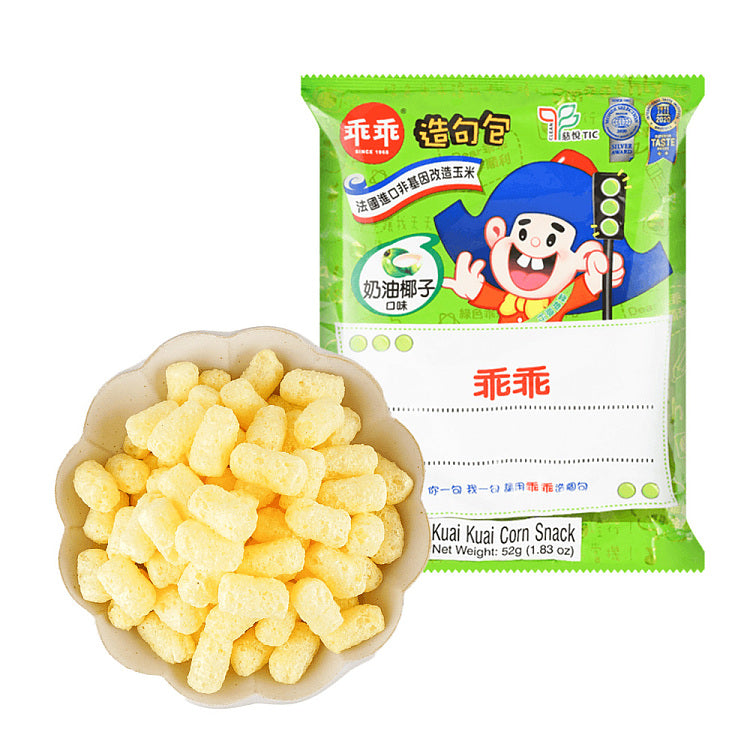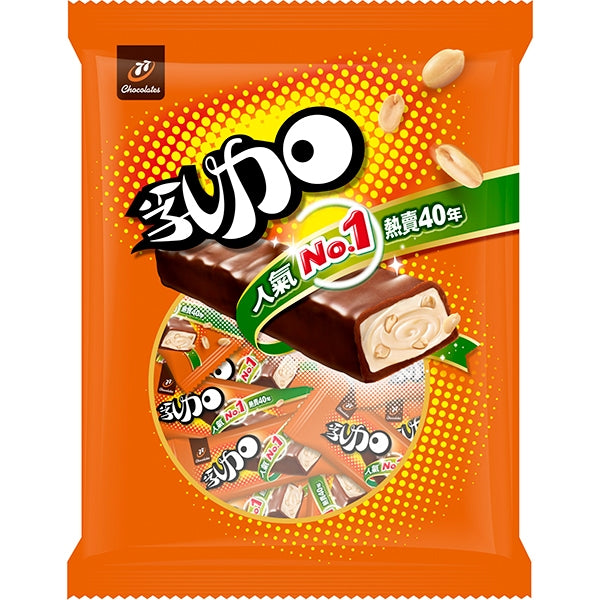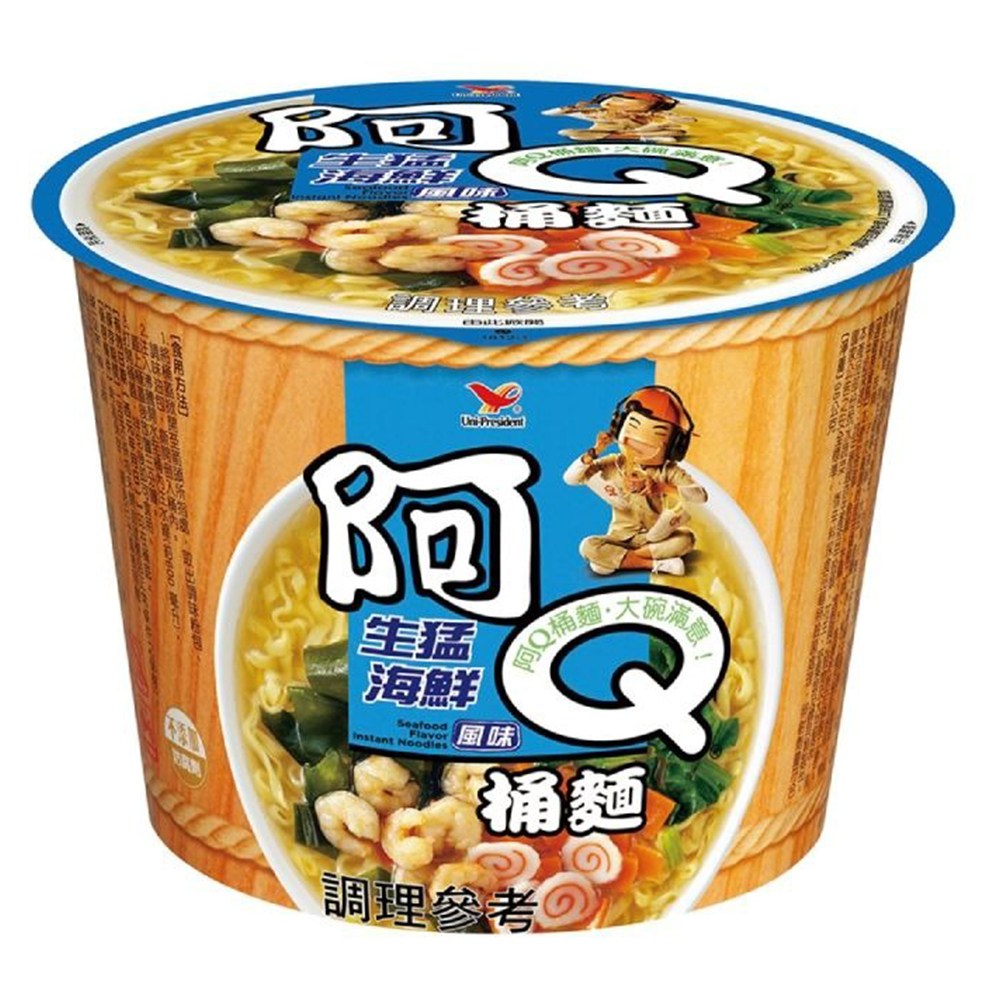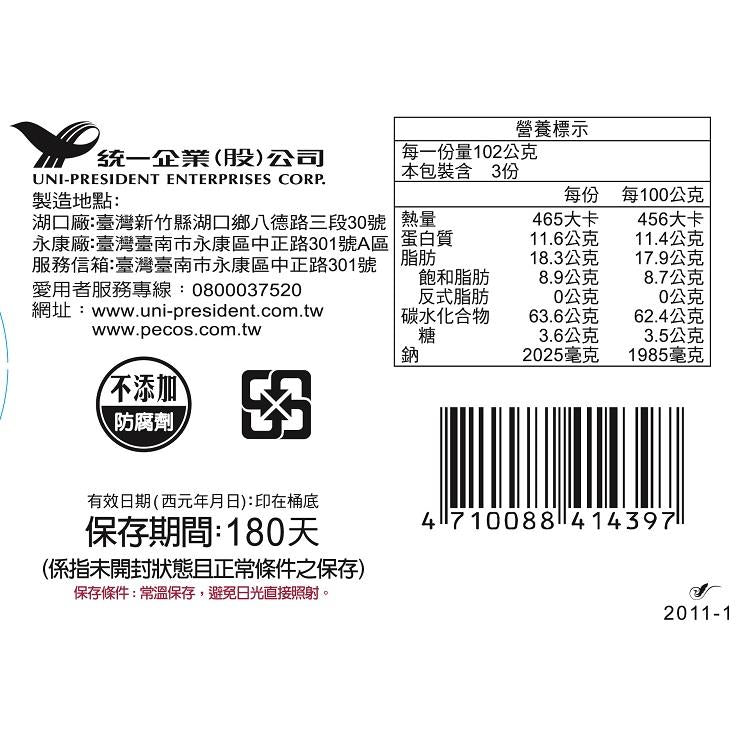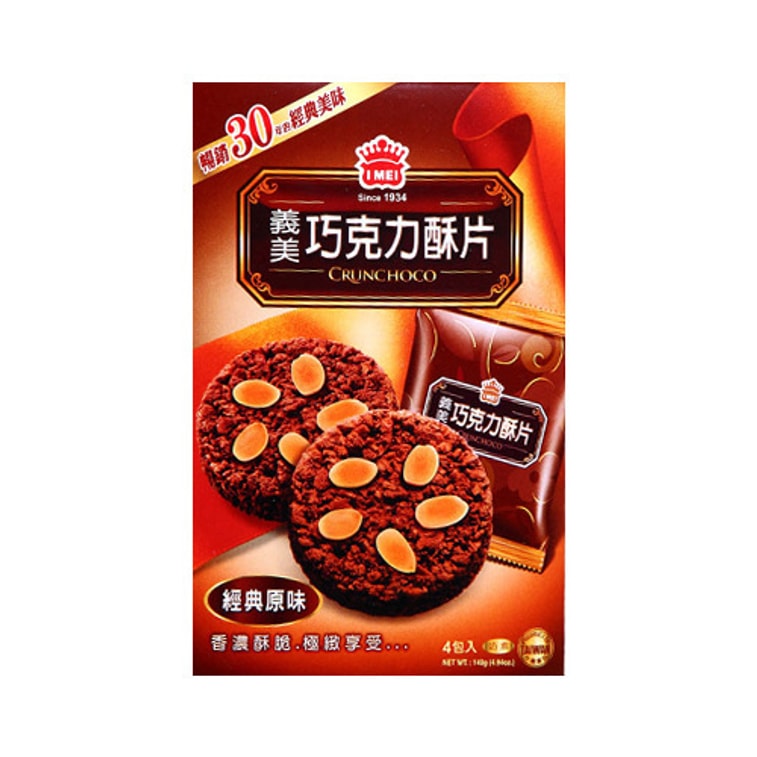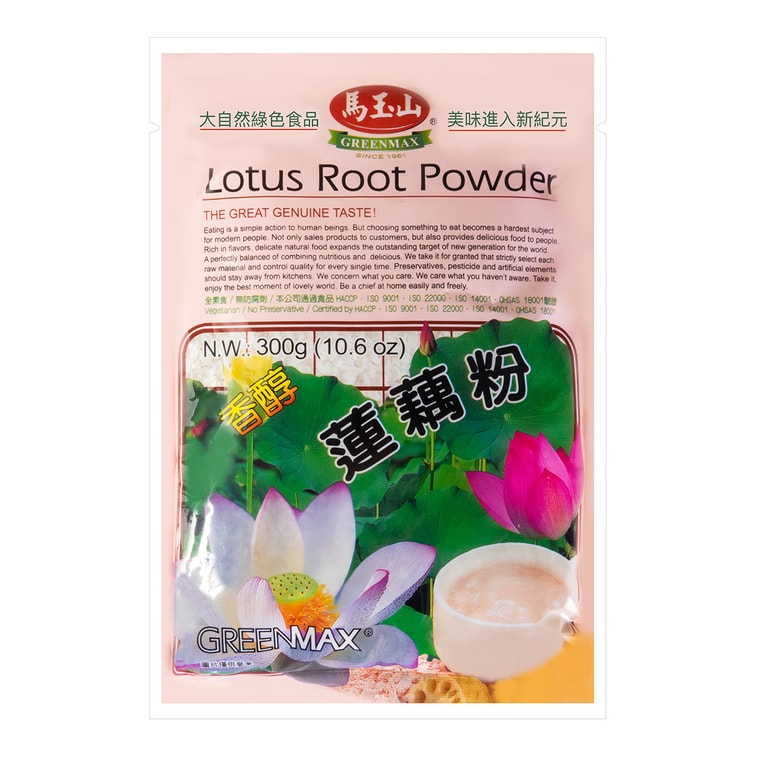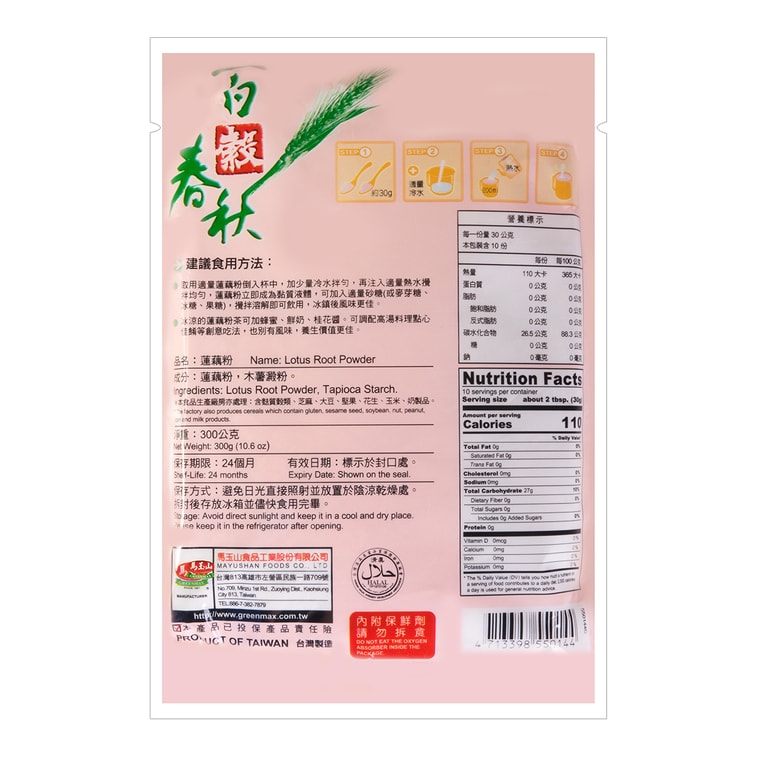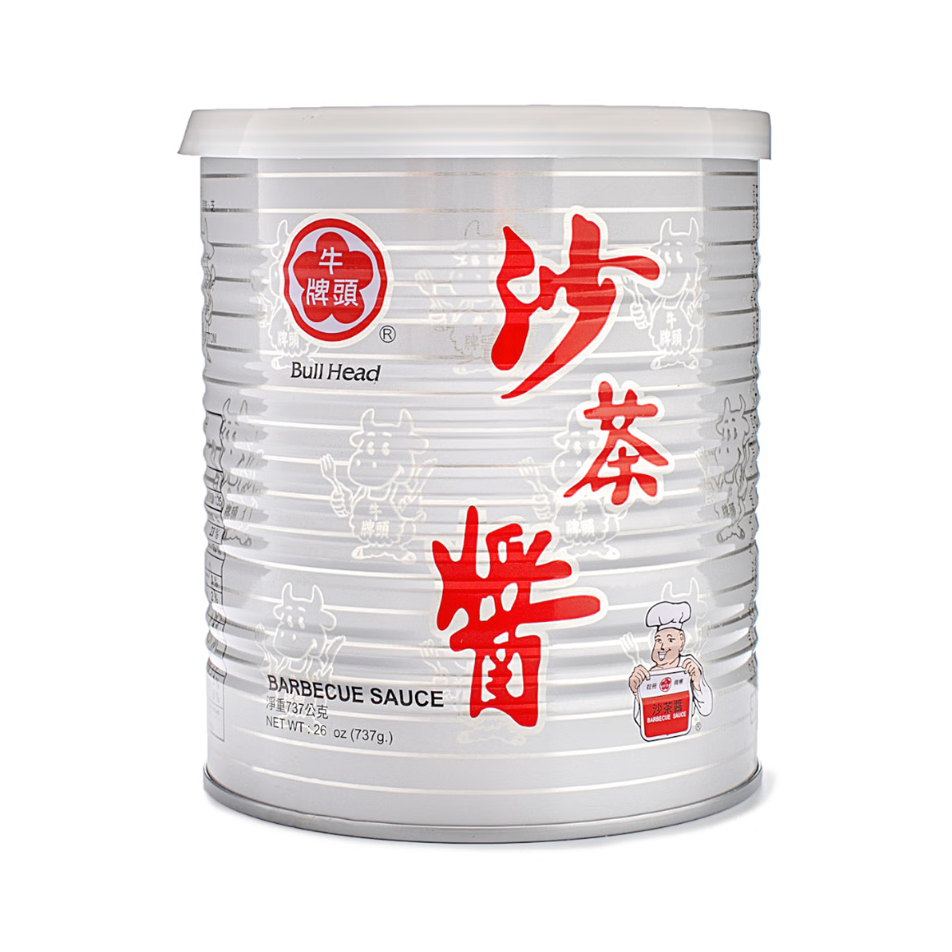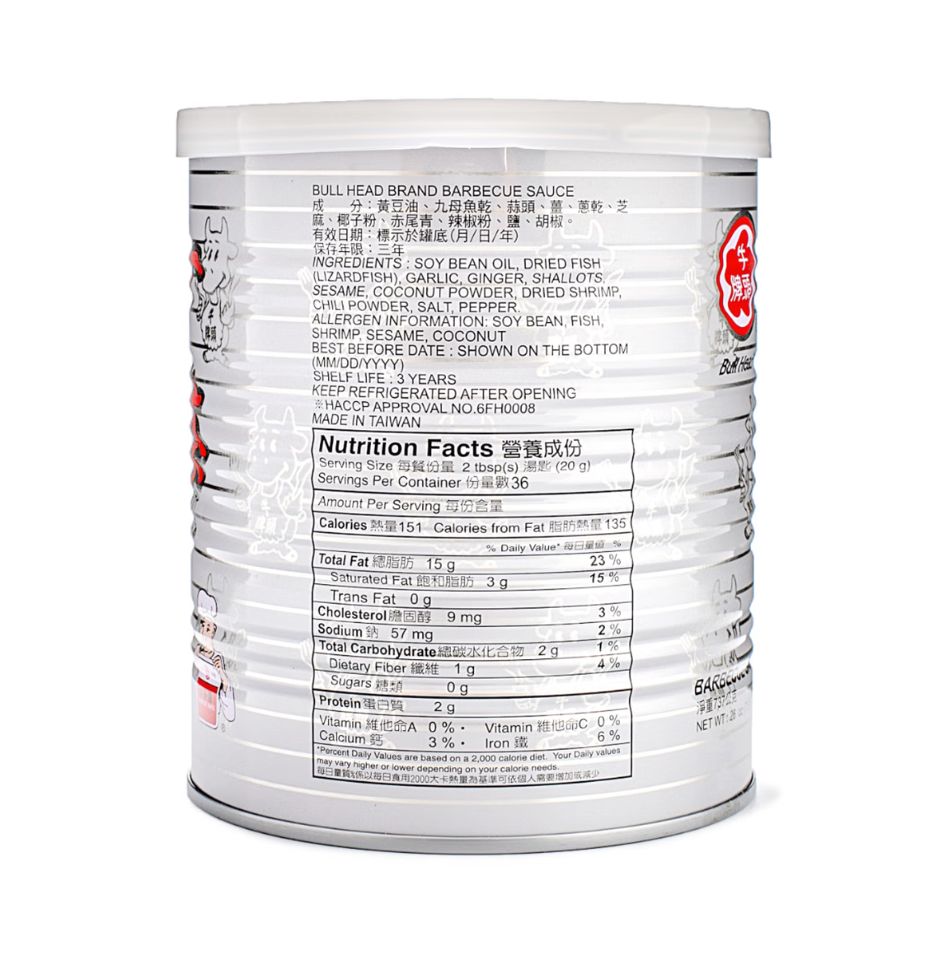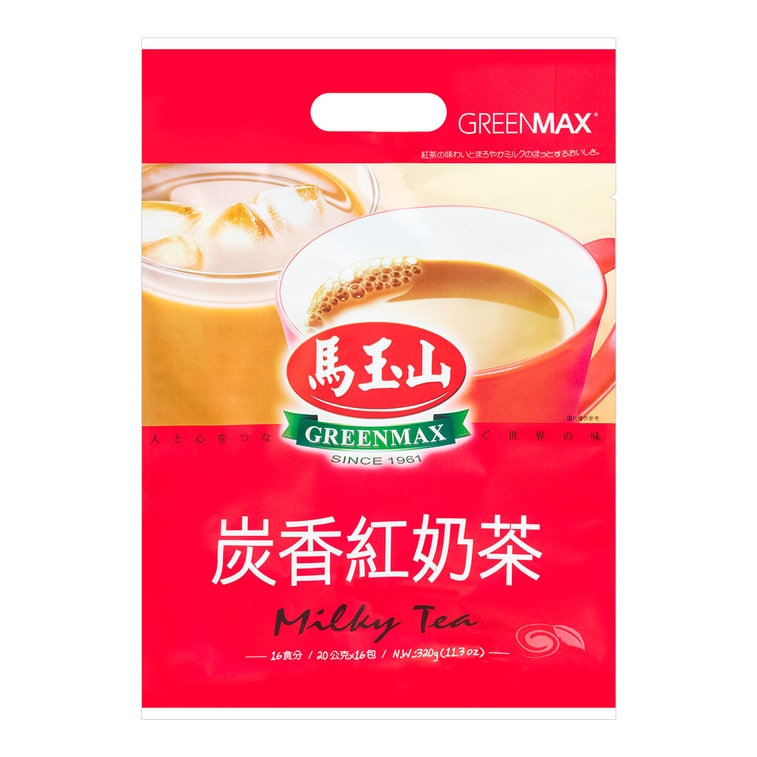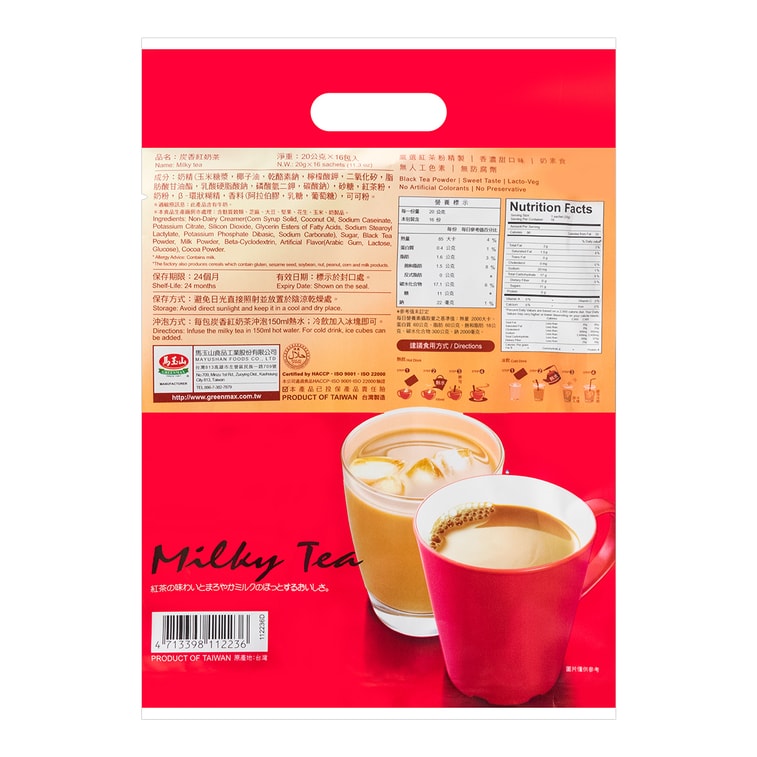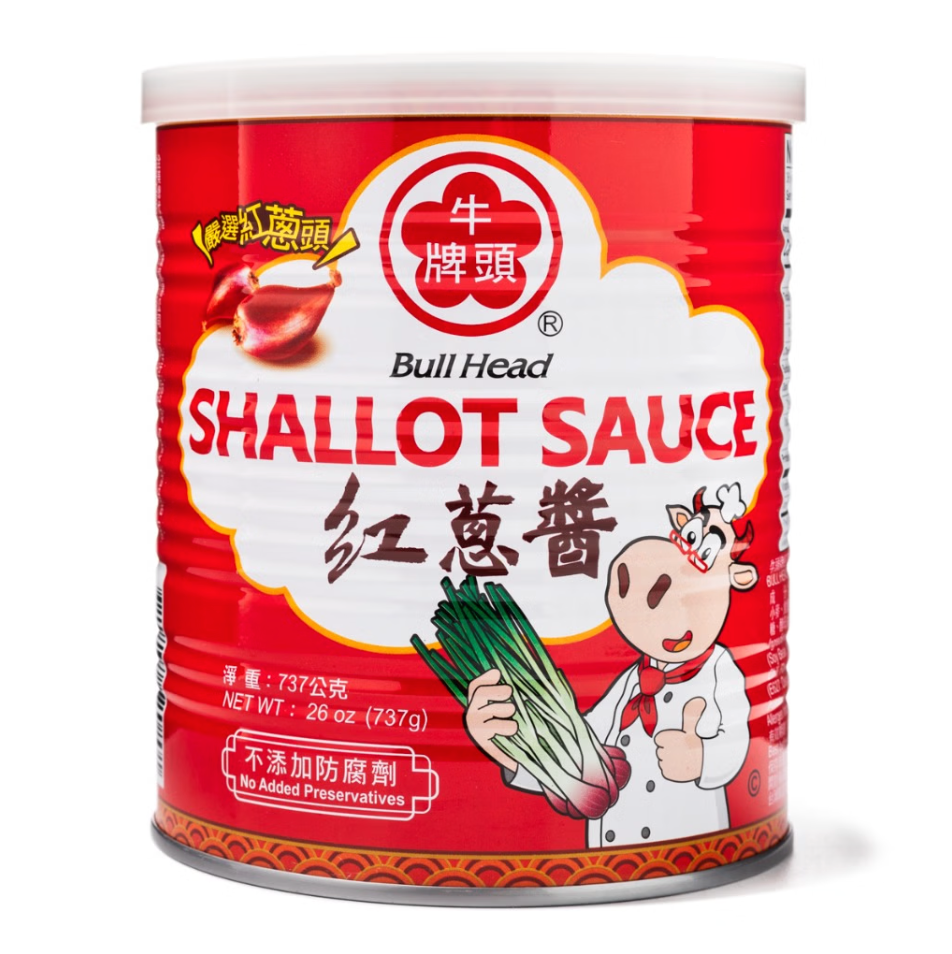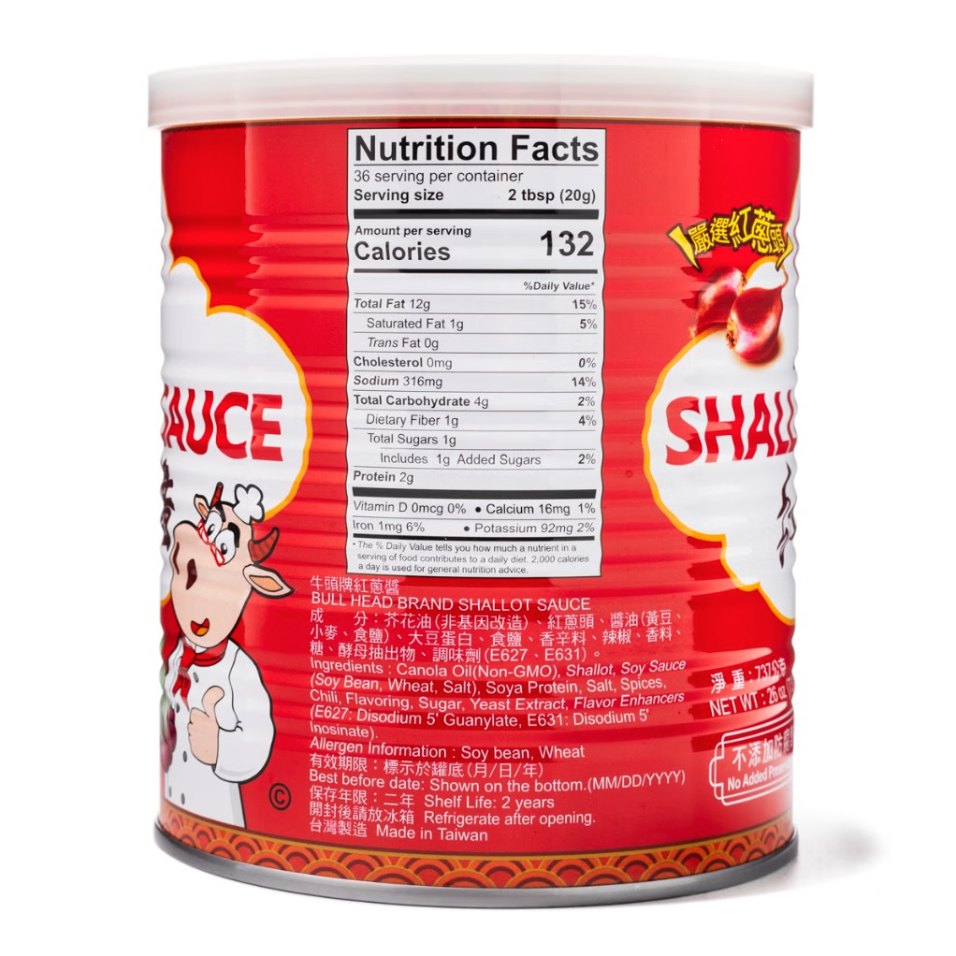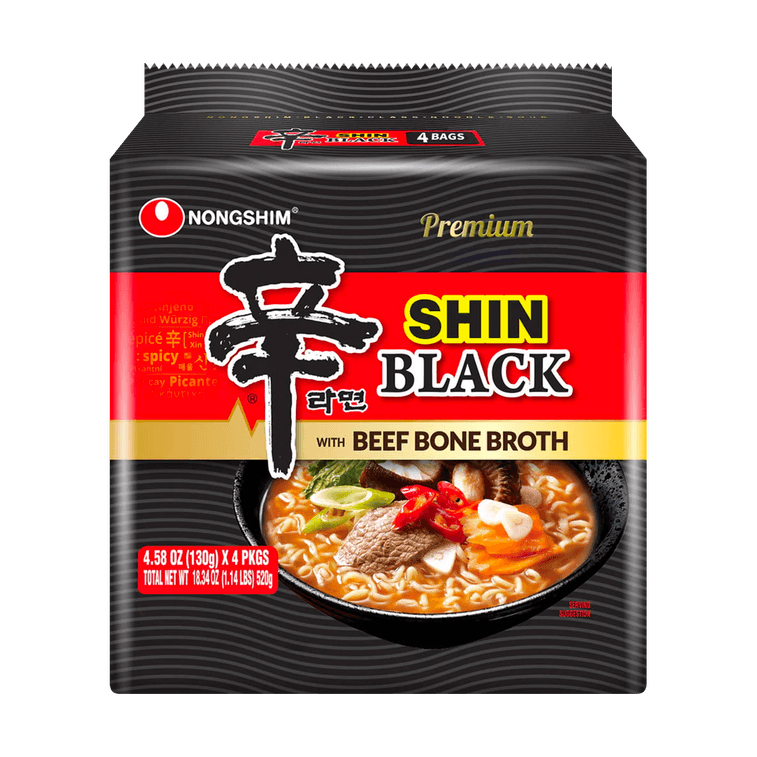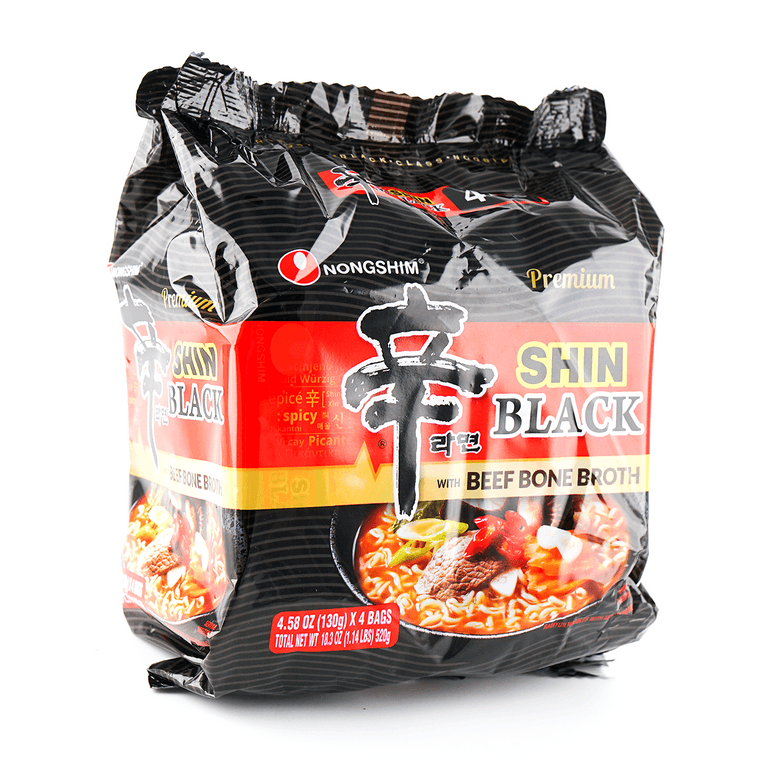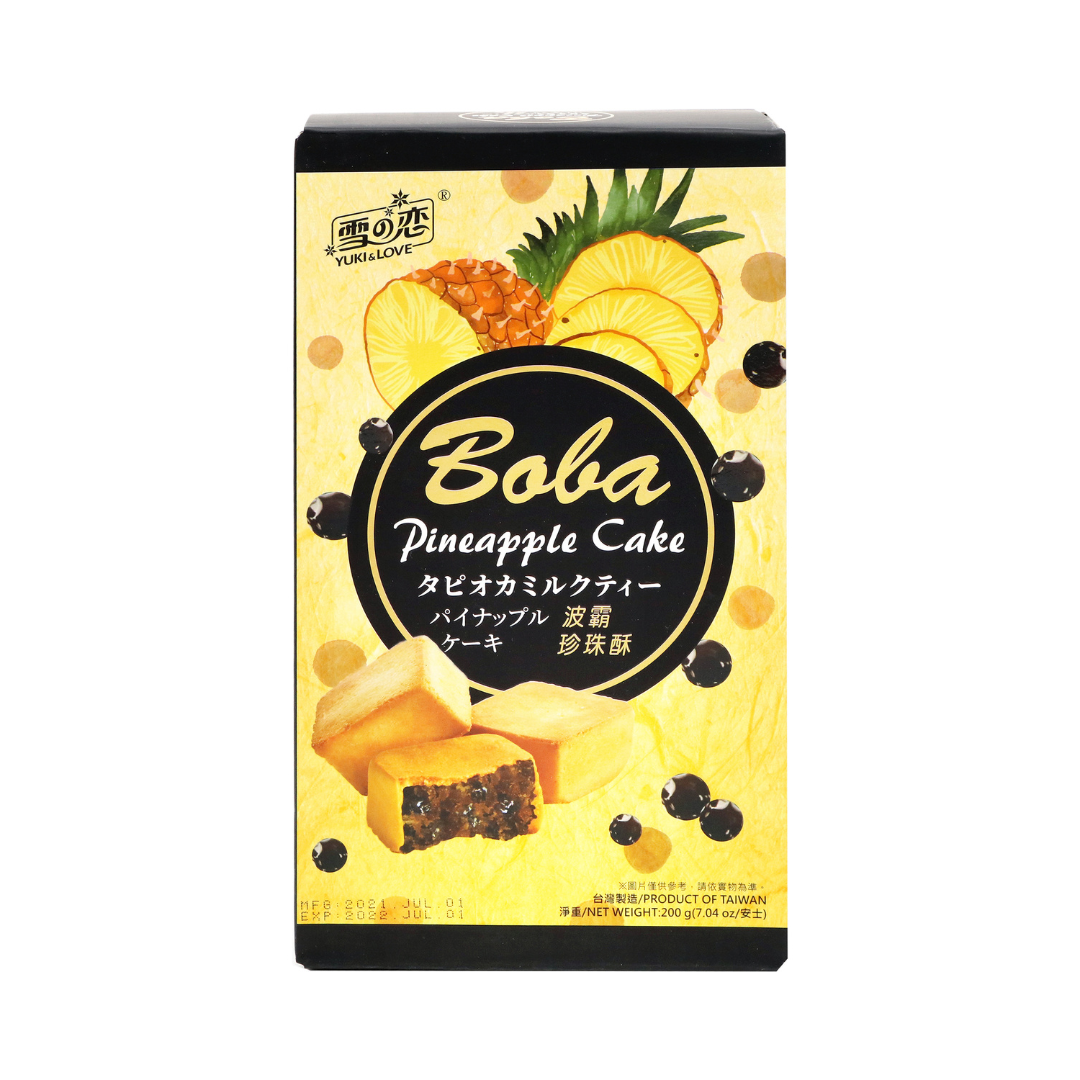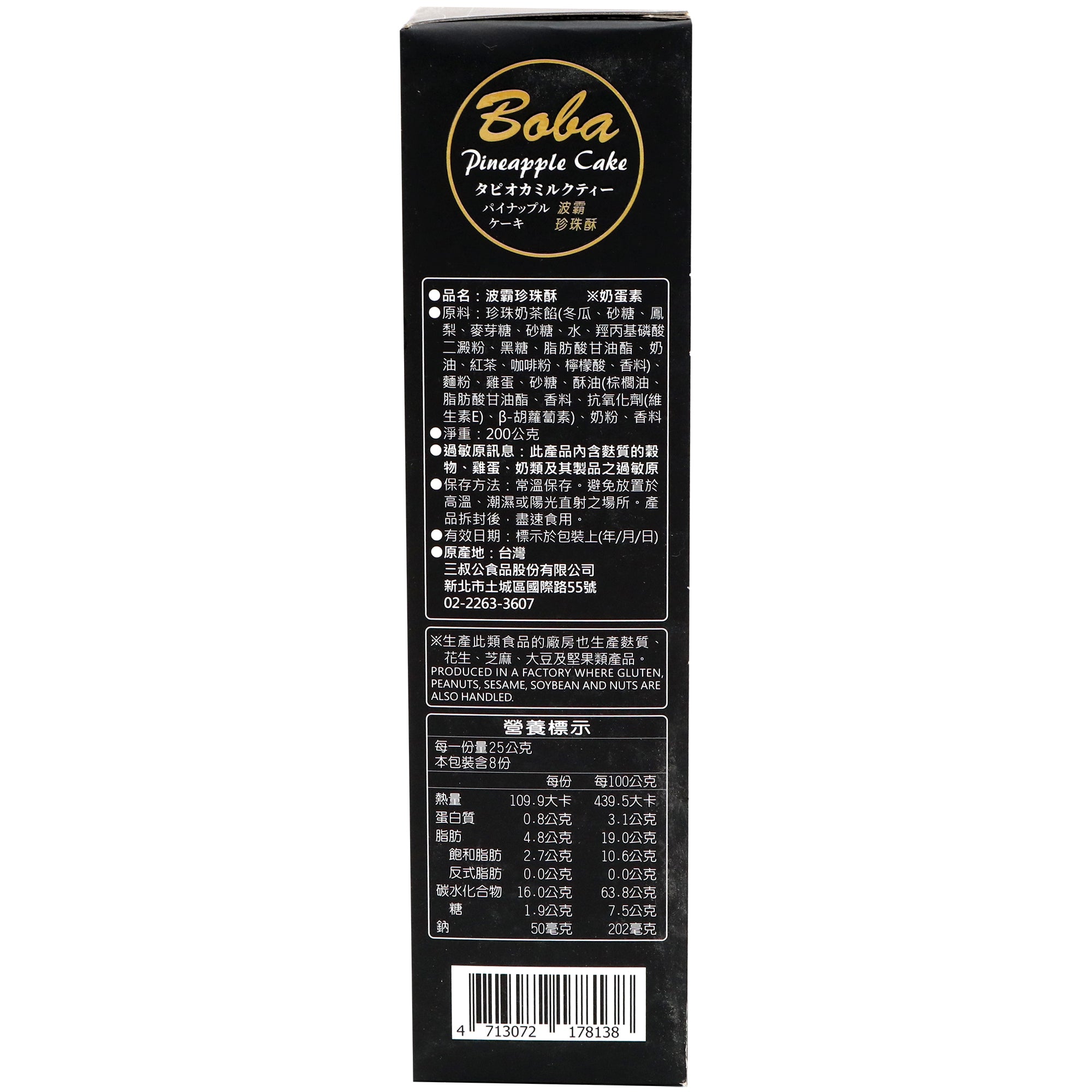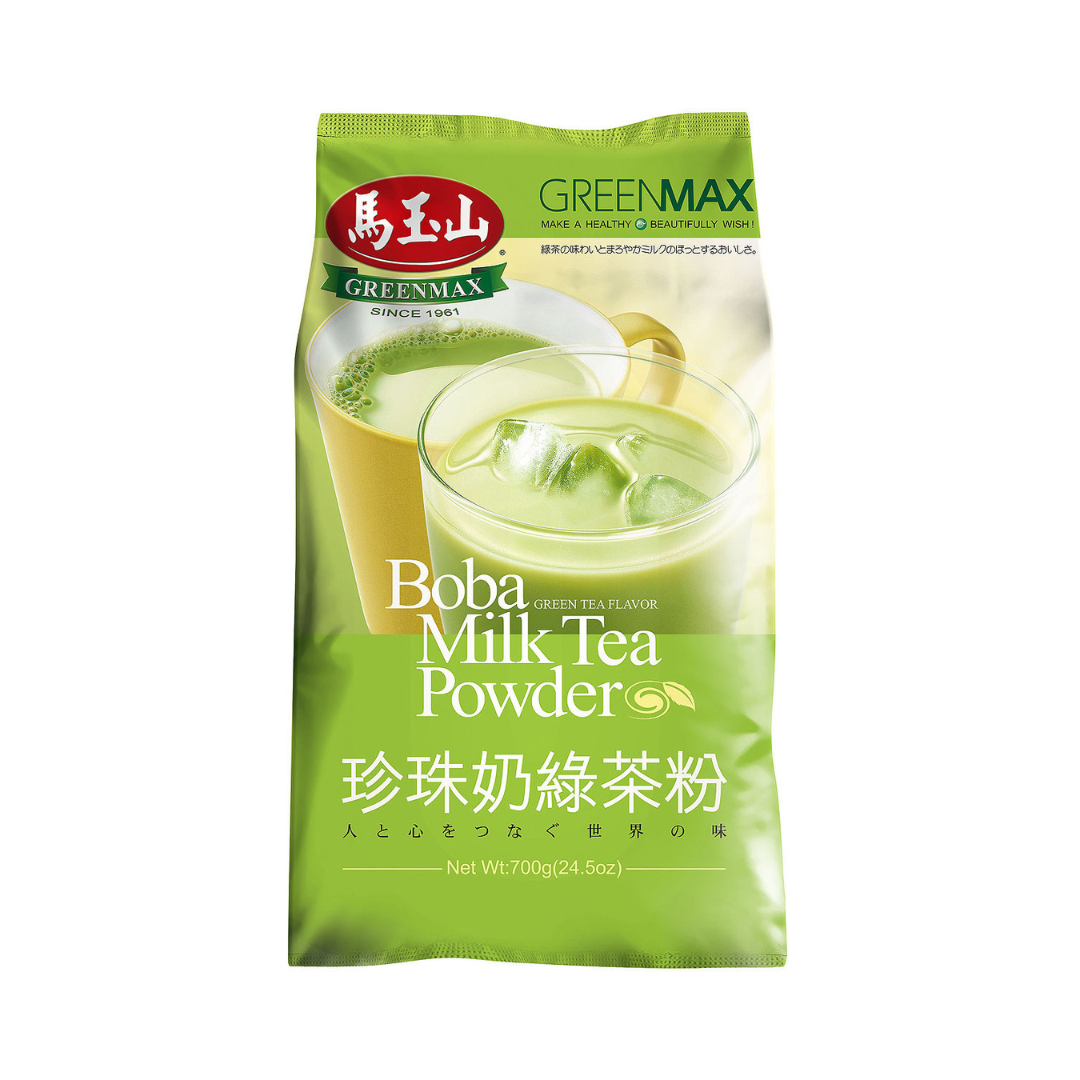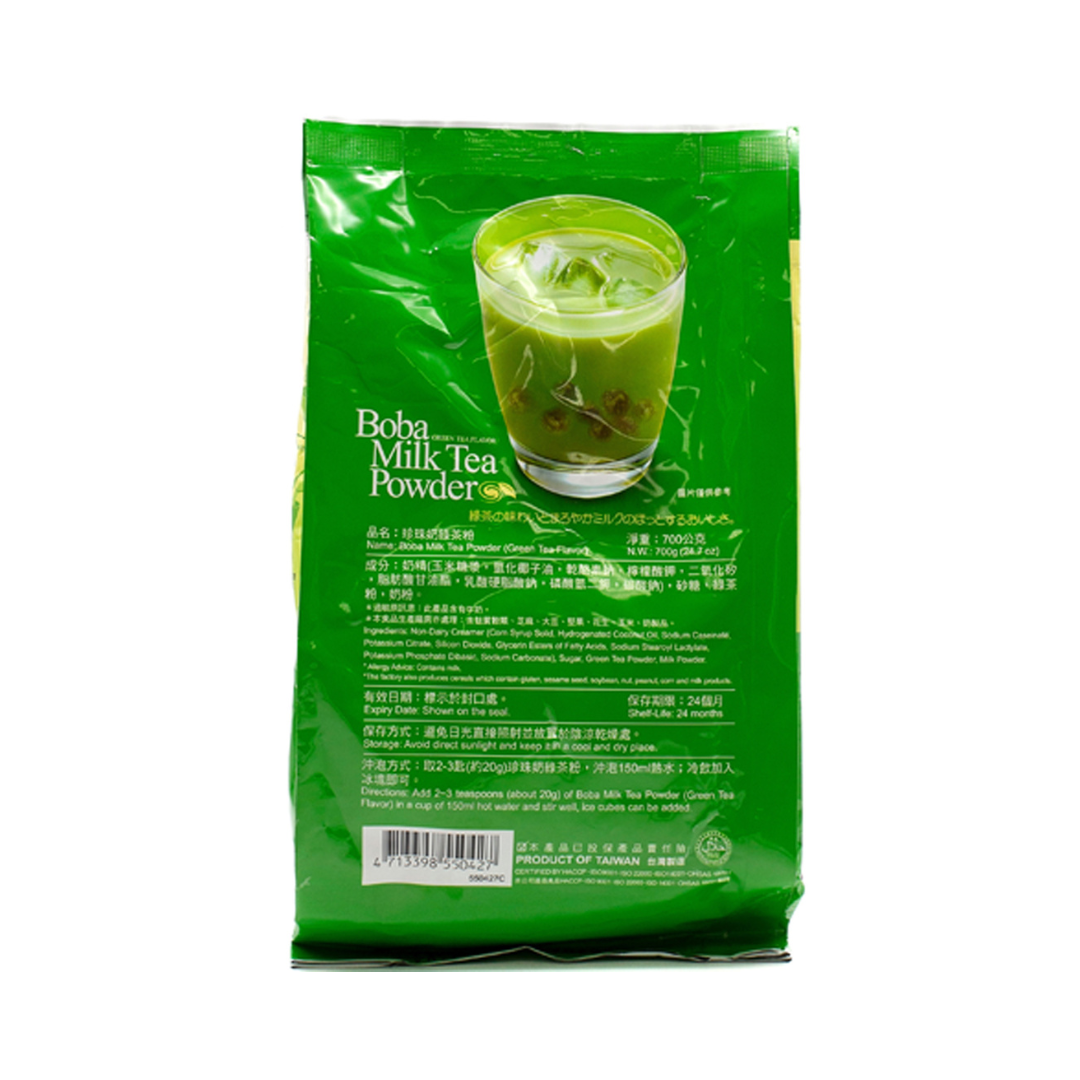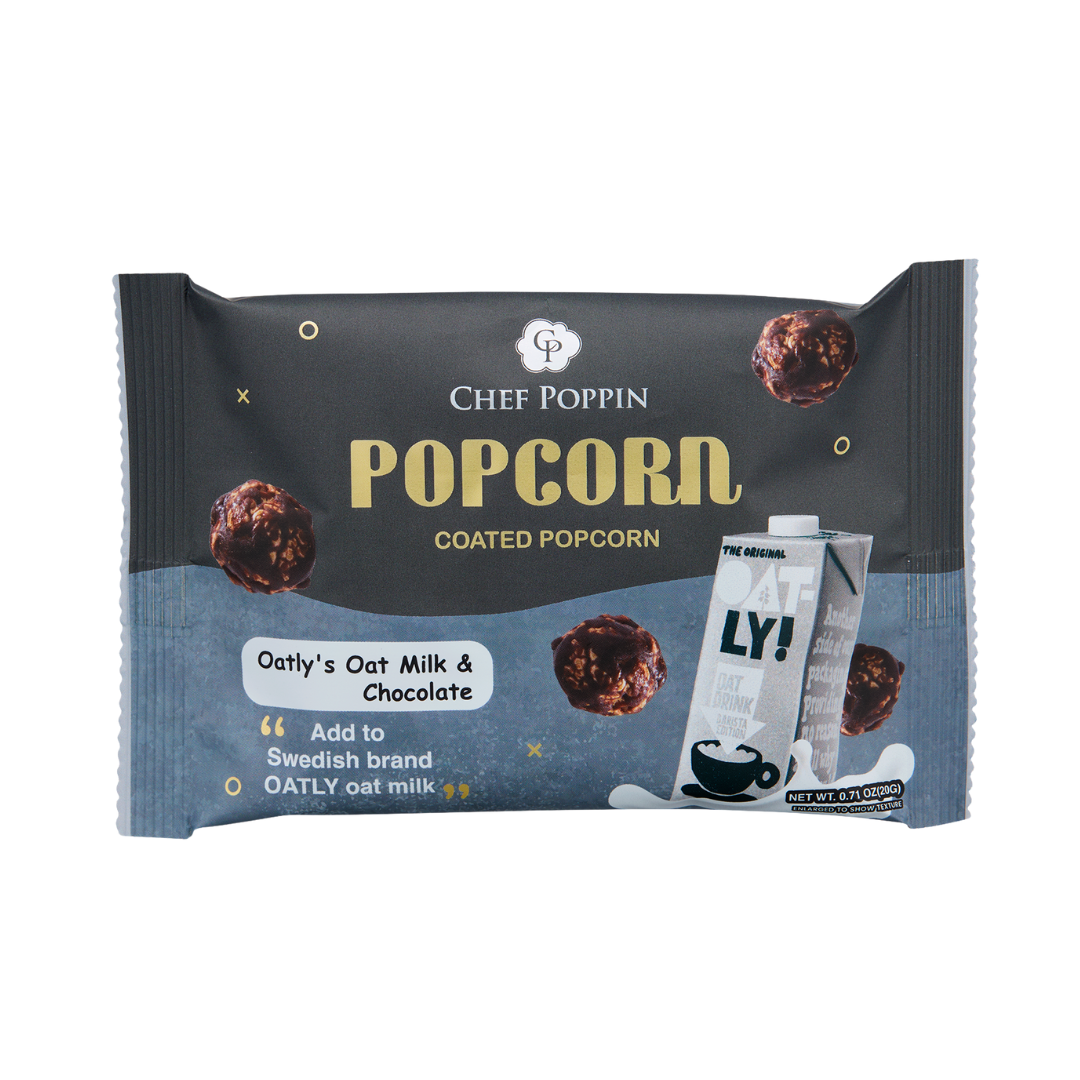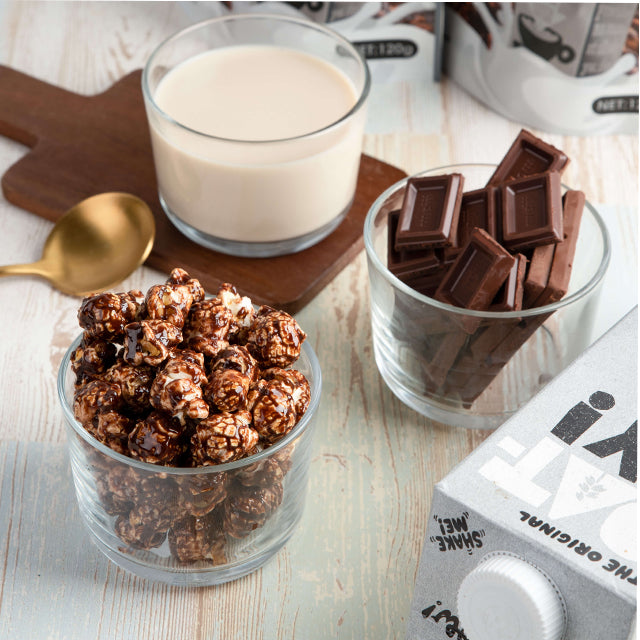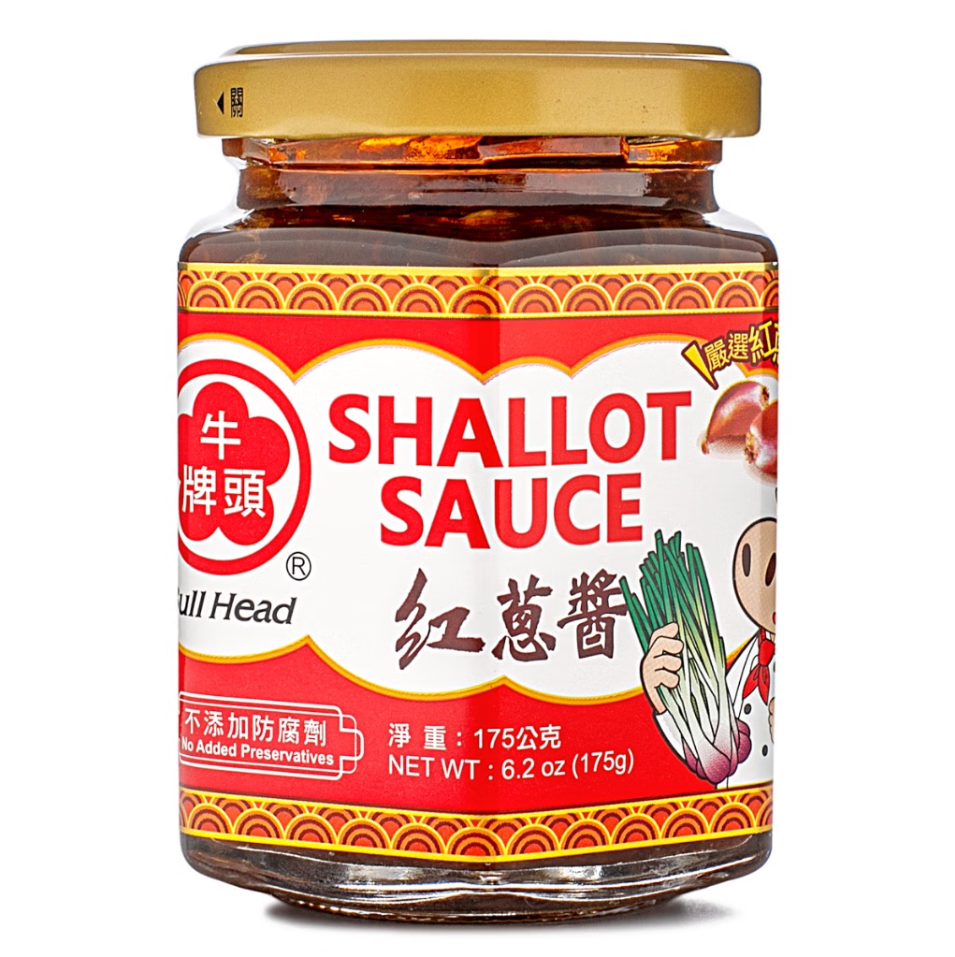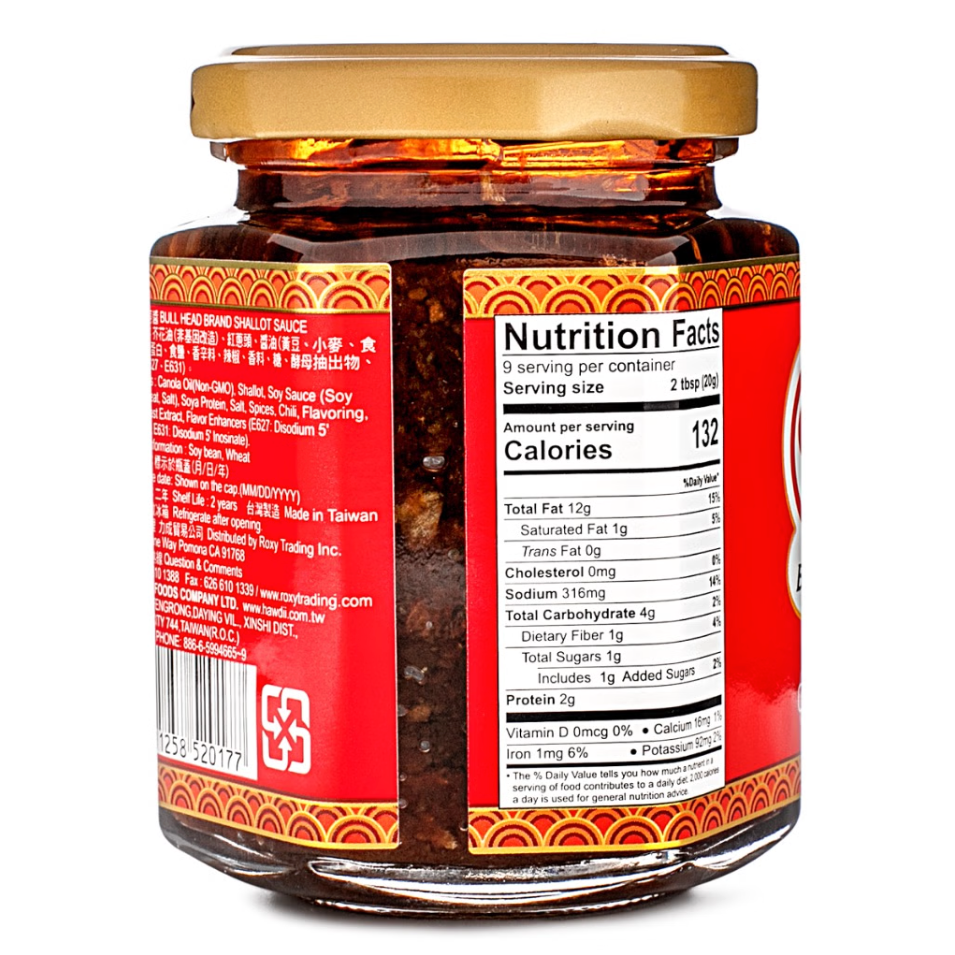If you’re tempted by in-clinic “water-glow” injections but not thrilled about needles or downtime, you’re not alone. Over the last few years, PDRN—once used mainly in medical settings—has shown up in at-home skincare, offering a gentler route to deep repair. This guide breaks down what PDRN is, how it compares to Korean water-glow treatments, and how to pick the right option for your skin, budget, and comfort level.
Part 1: What Is PDRN? Origins & Benefits
From the sea to your skincare
PDRN stands for polydeoxyribonucleotide—a mouthful that essentially refers to DNA fragments typically sourced from specific salmon species. Because salmon DNA is structurally similar to human DNA, carefully processed PDRN can act like “nutritional signals” for skin that’s been stressed by UV exposure, pollution, natural aging, or post-procedure micro-injury.
Why people love it: repair, firming, hydration (indirect)
- Repair & soothe: Helps calm visible redness and sensitivity while supporting recovery (popular after lasers or resurfacing—once cleared by your provider).
- Bounce & firmness: Supports collagen for a plumper, more elastic look over time.
- Hydration support: PDRN isn’t a humectant like hyaluronic acid, but by improving overall skin condition, it can help your skin hold moisture better. Many formulas pair PDRN with HA for a dewier finish.
How topical PDRN gets to work
Skin is designed to keep things out, so effective PDRN products typically rely on:
- Molecular size optimization to aid passage through the stratum corneum
- Delivery systems (encapsulation, carriers) to shuttle actives where they’re needed
Upside vs. injections: no needles, no downtime, and you can use it daily—so benefits can accumulate with consistent routine.
Part 2: What Are Korean Water-Glow Injections?
Think of this as “injecting skincare” into the dermis. In a medical setting, a physician uses a device (or manual injections) to place a tailored cocktail—commonly hyaluronic acid and sometimes PDRN, vitamins (C/E), tranexamic acid, or dilute botulinum toxin—into the skin’s deeper layer for rapid, more pronounced results.
Why people choose it
- Fast, visible glow and deep hydration
- Customizable to target pores, tone, post-acne marks, or dullness
Trade-offs
- Must be performed by a licensed professional
- Higher cost per session
- Downtime can include pinpoint marks, mild swelling, or bruising for a few days
Part 3: PDRN Skincare—What to Choose by Skin Type
Sensitive or dry
- Look for minimal-irritant formulas (no added fragrance/alcohol/colorants).
- Great supporting ingredients: ceramides, squalane, hyaluronic acid, centella.
Early aging / mild laxity
- Consider PDRN blends that also include higher-weight hyaluronic acid, exosomes or algae-derived actives to soften fine lines and improve bounce.
Oily or acne-prone
- Choose lightweight serums over heavy creams to avoid congestion.
- Pair PDRN with salicylic acid or tea tree in a balanced routine (spot use acids; keep PDRN for repair).
Part 4: PDRN Skincare vs. Water-Glow—How to Choose
| Feature | PDRN Skincare (Topical) | Water-Glow (In-Clinic) |
|---|---|---|
| Nature | Daily, at-home product | Medical aesthetic procedure |
| Delivery | Surface application + enhanced delivery tech | Injected into the dermis |
| Strengths | Convenient, no downtime, safe for frequent use | Faster, more dramatic glow; customizable blends |
| Cost | More affordable over time | Higher per session |
| Downtime/Risk | Minimal to none | Possible redness, pin-marks, bruising; requires a pro |
| Best for | Routine maintenance, sensitivity, gradual repair | Quick results, pronounced dehydration, stubborn texture/marks |
Choose PDRN skincare if…
- You’re new to PDRN and want to test tolerance
- You value convenience, no downtime, and steady, cumulative results
- Your concerns are mild to moderate (dryness, early fine lines, uneven tone)
- You’re needle-averse or working with a tighter budget
Choose water-glow if…
- You want visible results fast
- You have more advanced concerns (stubborn post-acne marks, larger pores, significant dullness or dehydration)
- You’re comfortable with in-clinic care, downtime, and higher cost
-
Always consult a qualified professional for in-clinic treatments. If you’re pregnant or breastfeeding, avoid retinoids and discuss all actives—including PDRN—with your clinician.
Part 5: How to Pick a Good PDRN Product
Concentration & supporting cast
- Look for clear mention of PDRN in the INCI list and brand education around concentration and source.
- Value-add co-stars: hyaluronic acid, ceramides, vitamins C/E, centella to round out hydration, barrier support, and antioxidant defense.
- If you’re sensitive or post-procedure (with doctor clearance), avoid formulas heavy on alcohol, fragrance, or colorants.
Brand credibility
- Favor brands with transparent labeling, visible R&D focus, and quality control. Patented extraction/delivery tech and relevant certifications can be a plus.
Real-world feedback
- Scan reviews from skin types like yours: texture feel, comfort, and week-by-week changes. Recommendations from dermatology professionals add confidence—but always remember skin is individual.
Part 6: FAQ
- Q: What exactly is PDRN and where does it come from?
A: It’s a DNA-derived active—often from specific salmon—processed into skin-friendly fragments that support repair and renewal. - Q: What can PDRN skincare do for me?
A: Soothe visible sensitivity, support recovery, improve bounce, and help skin retain moisture better over time (especially when paired with humectants like HA). - Q: What’s inside a water-glow injection?
A: Commonly hyaluronic acid, sometimes PDRN, vitamins, tranexamic acid, or dilute botulinum toxin—customized by a licensed provider. - Q: How do I pick an effective PDRN product?
A: Look for clear PDRN mention, smart supporting ingredients, sensible formulation (no harsh irritants if you’re reactive), and brand transparency. - Q: Should I choose topical PDRN or water-glow?
A: Pick based on your goals, budget, and comfort with procedures. Topicals suit daily care and gradual gains; water-glow suits fast, more intensive results under medical supervision.
Summary
If you’re chasing dewy, resilient skin without needles, topical PDRN offers steady, high-comfort progress—especially when used daily with barrier-friendly hydrators. If you need quicker, more dramatic change and are comfortable with in-clinic care, water-glow injections can deliver deep hydration and brightness fast.
Whichever route you choose, the keys to lasting results are:
- A routine you’ll stick with
- Smart, skin-appropriate formulas
- Professional guidance when you step into in-clinic territory
Disclaimer: This article is for educational purposes and is not medical advice. If you’re pregnant, breastfeeding, on prescription skincare, or considering procedures, consult a qualified professional first.




